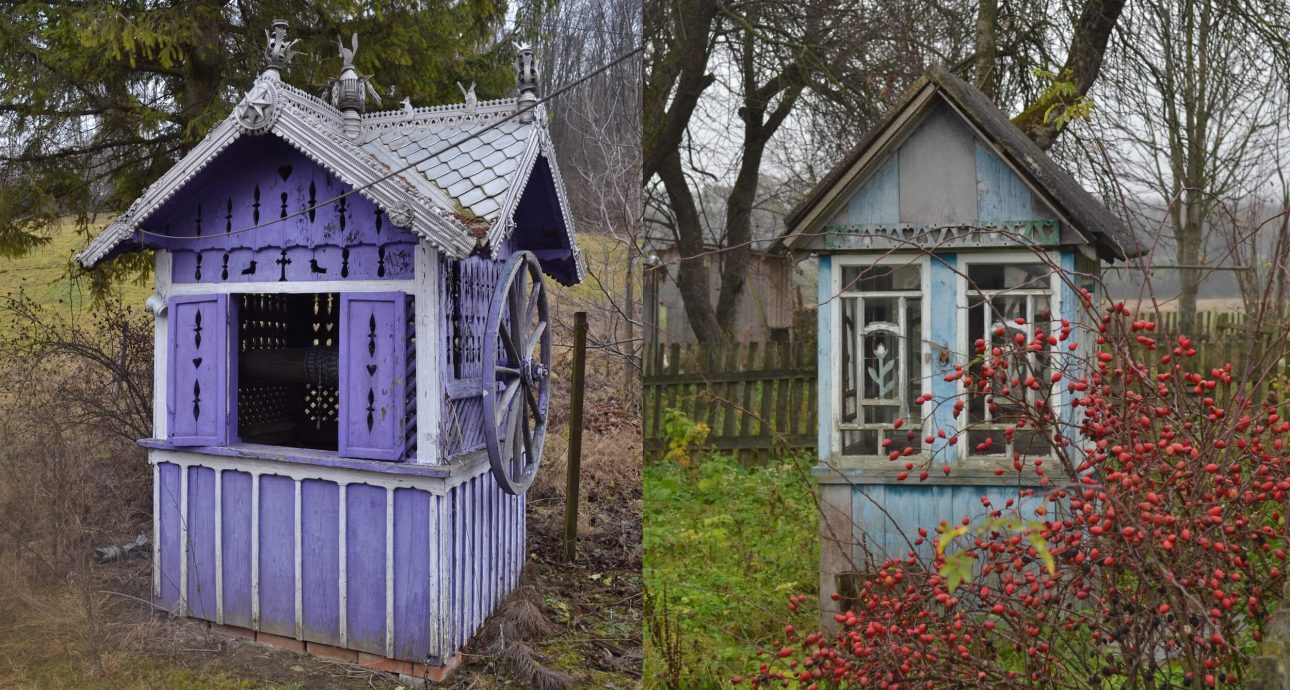
Sources of Inspiration: A Project About Bukovynian Wells

The student, studying art weaving at the Vyzhnytsia College of Arts and Design, named after Vasyl Shkriblyak. He lives in the city of Storozhynets in Chernivtsi Oblast.
— The “Babyn Buchok” project has been running for almost a year now; I started it during the full-scale invasion. Recently, a friend from the 20partisan_n community, a student in the jewelry department, has been helping me. We conduct our own research, traveling to remote corners of Bukovyna. We are interested in the traditions of villages, the features of decoration of sacred and authentic architecture, as well as the people and their lives there. All of this is aimed at preserving traditions and showing the identity of our region.
I have not been indifferent to the ancient world around me before. Many old buildings and roadside crosses have been preserved in my hometown. In my childhood, I even had the opportunity to meet old people who had a connection with that mysterious sacred tradition. After my grandmother’s death, I decided to visit her native village of Zrub-Komarivsky to see the places where she grew up and to investigate what influenced her worldview and customs. For example, my grandmother considered it a great misfortune when there was a well in every yard. She called water the blood of the earth, and wells – a suction of life from it.
My grandmother considered it a great misfortune when there was a well in every yard. She called water the blood of the earth, and wells – a suction of life from it.
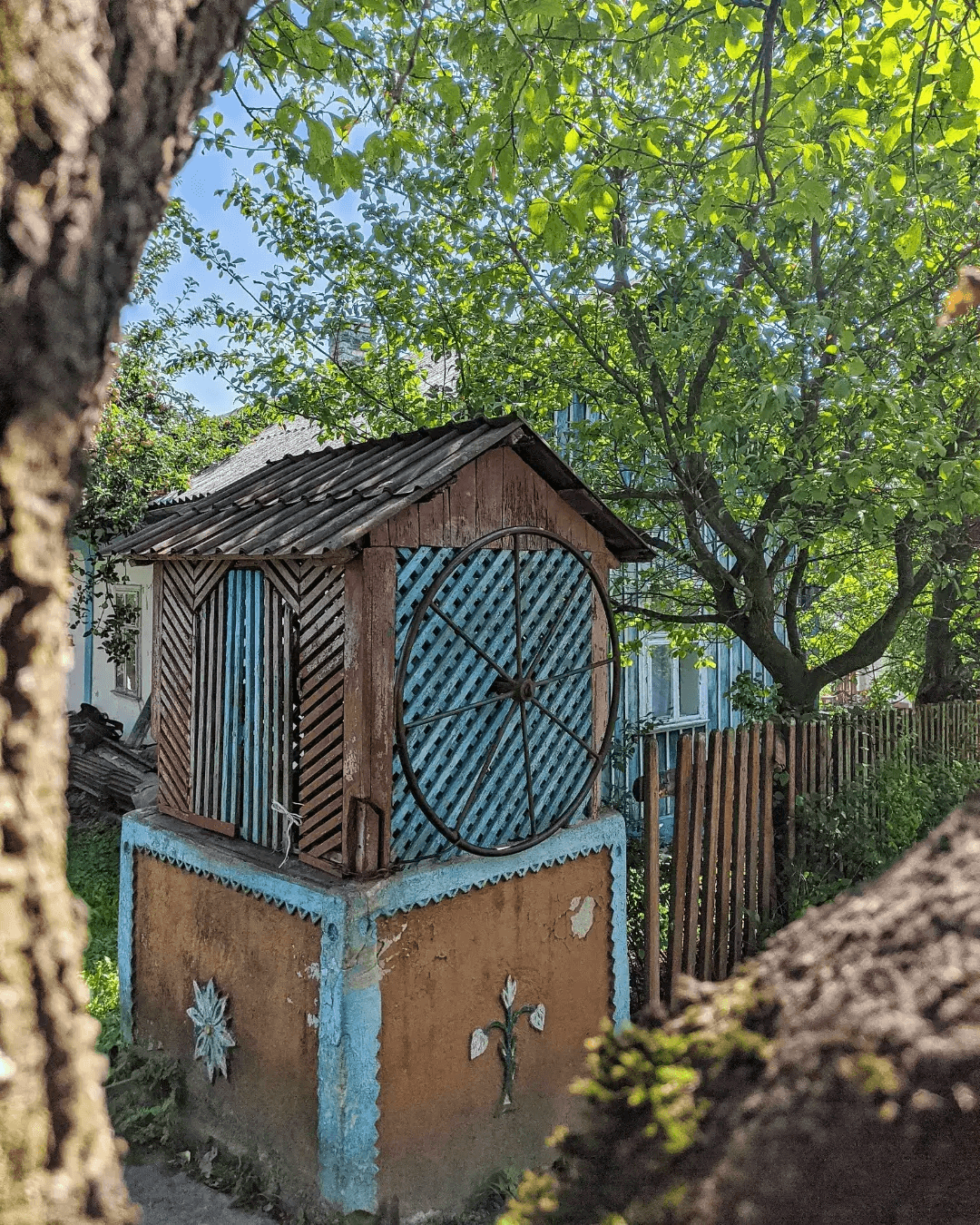
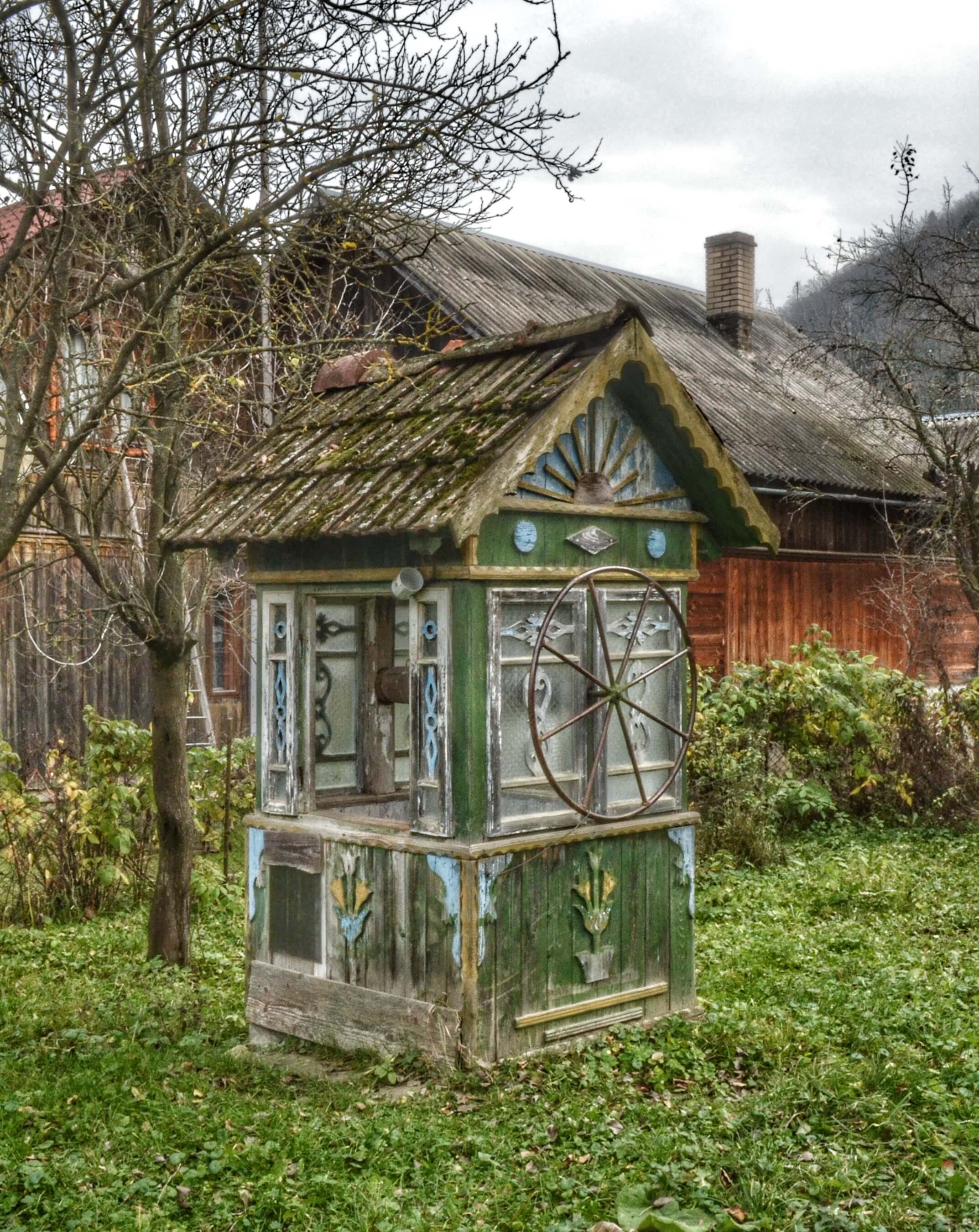
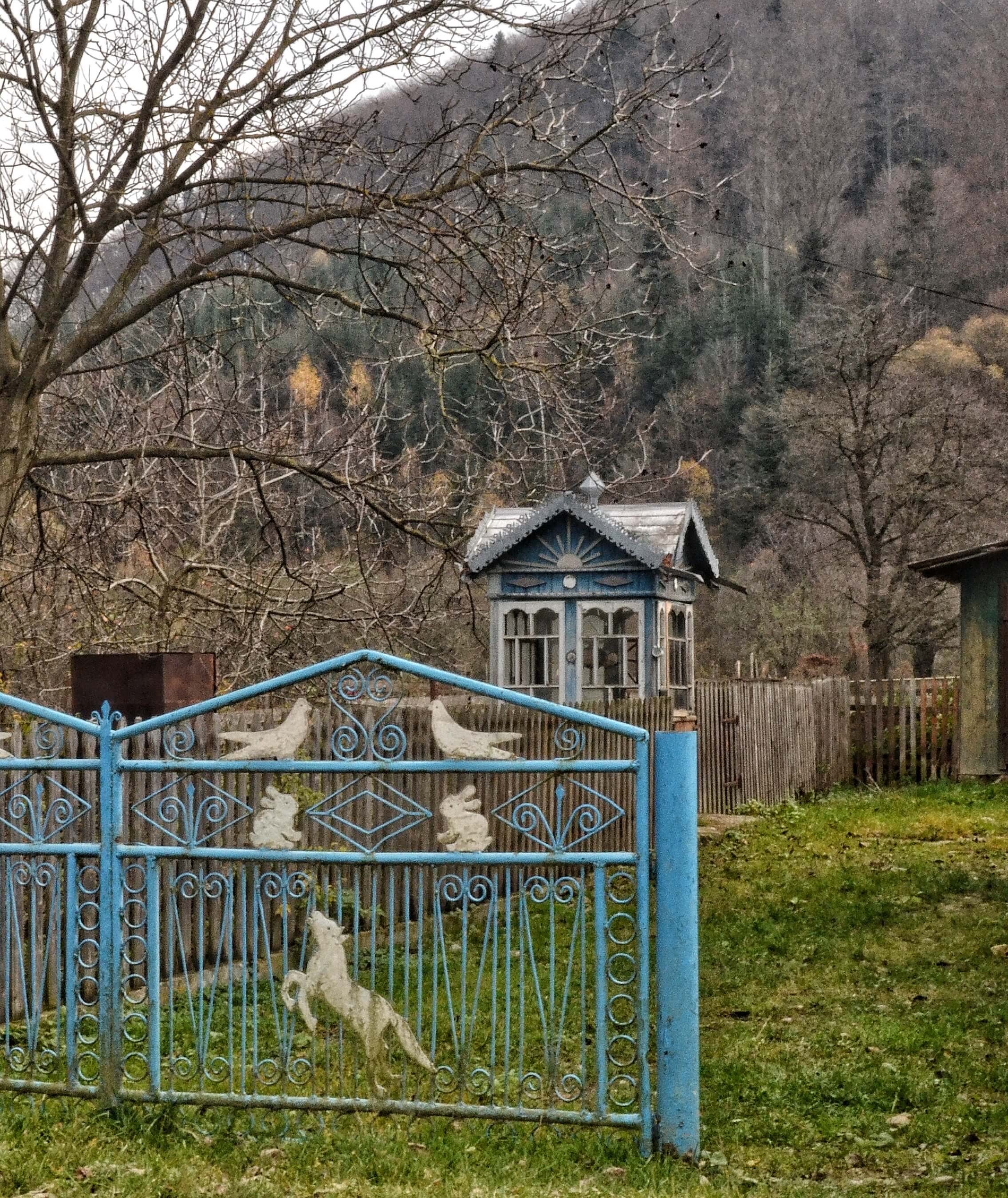
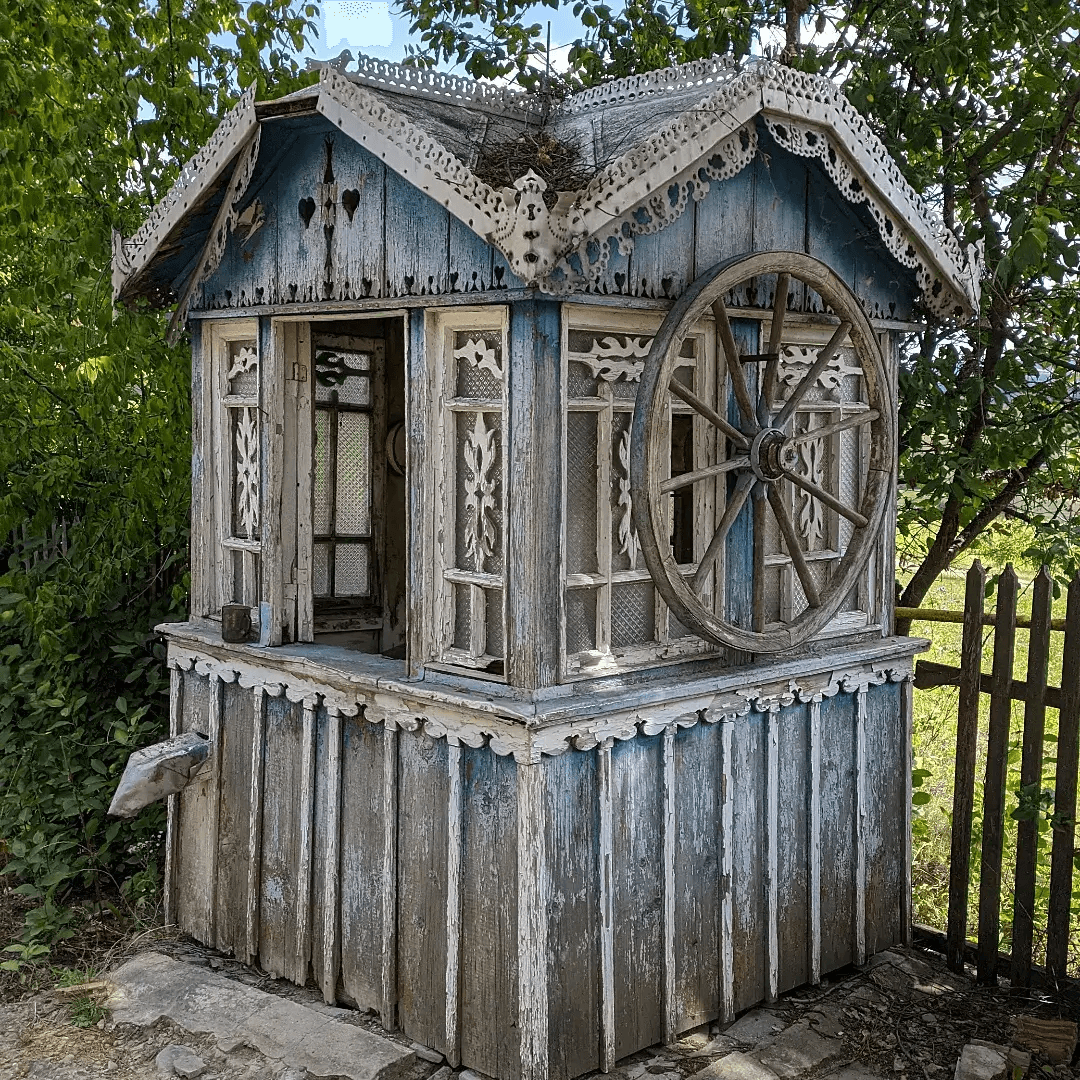
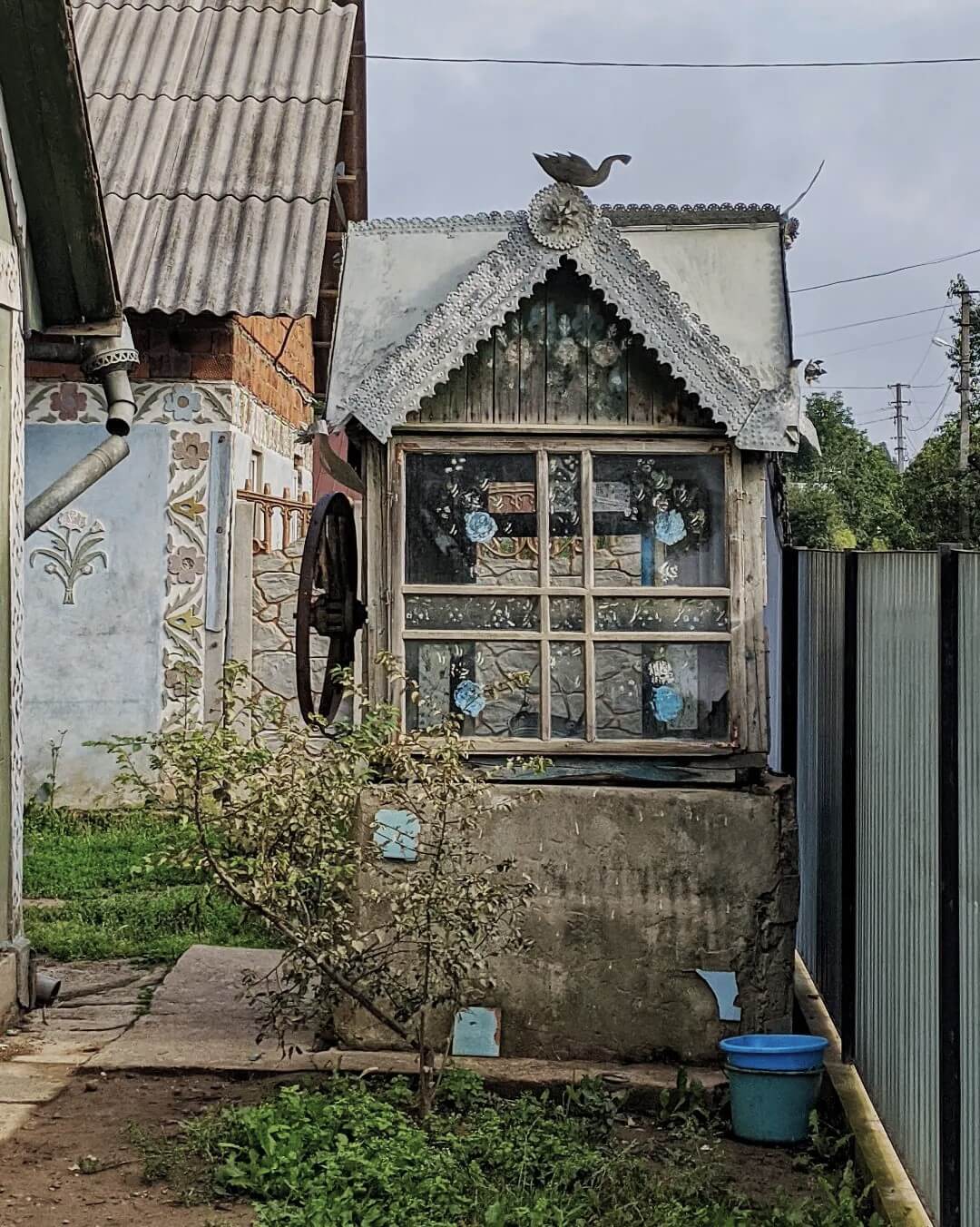
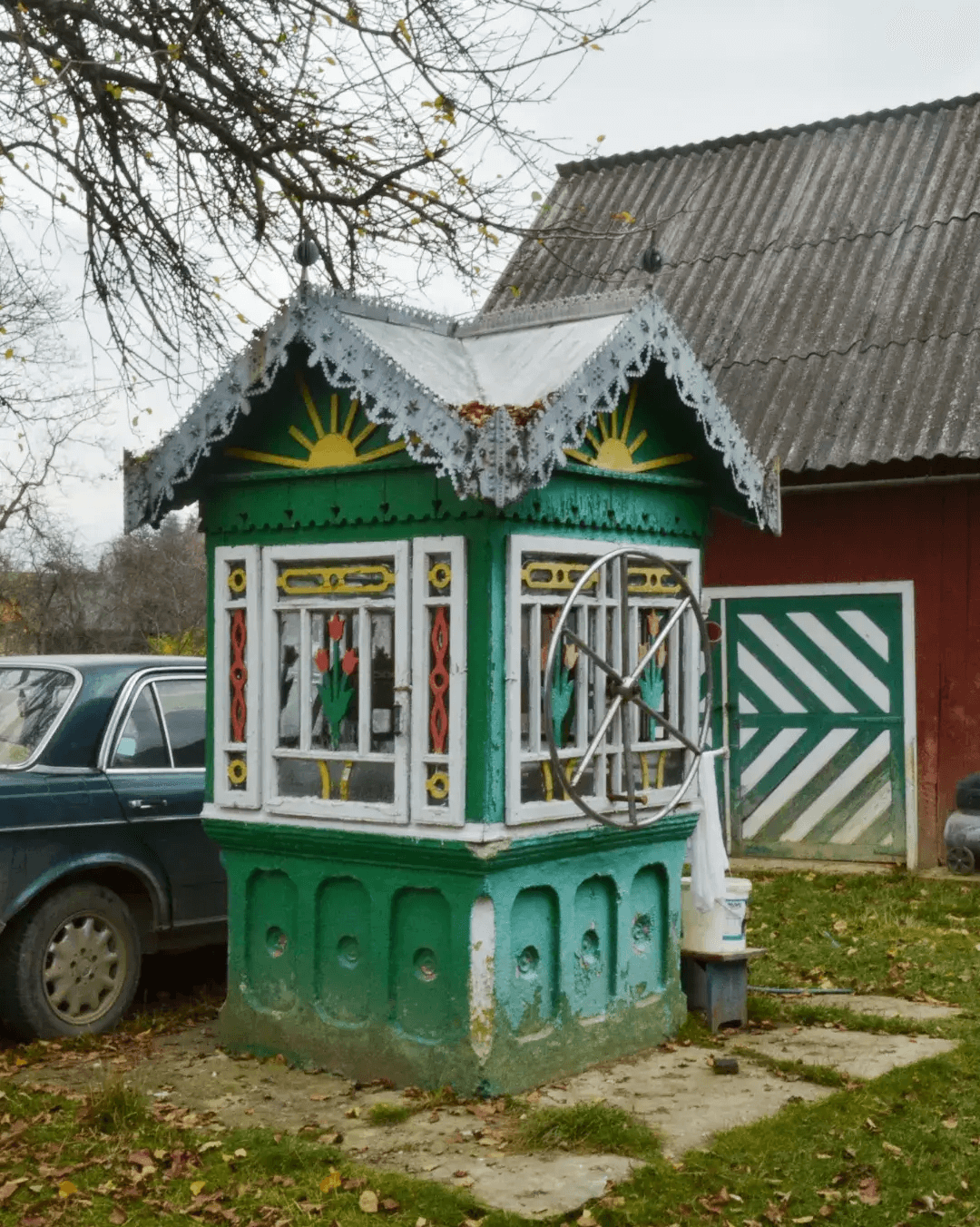
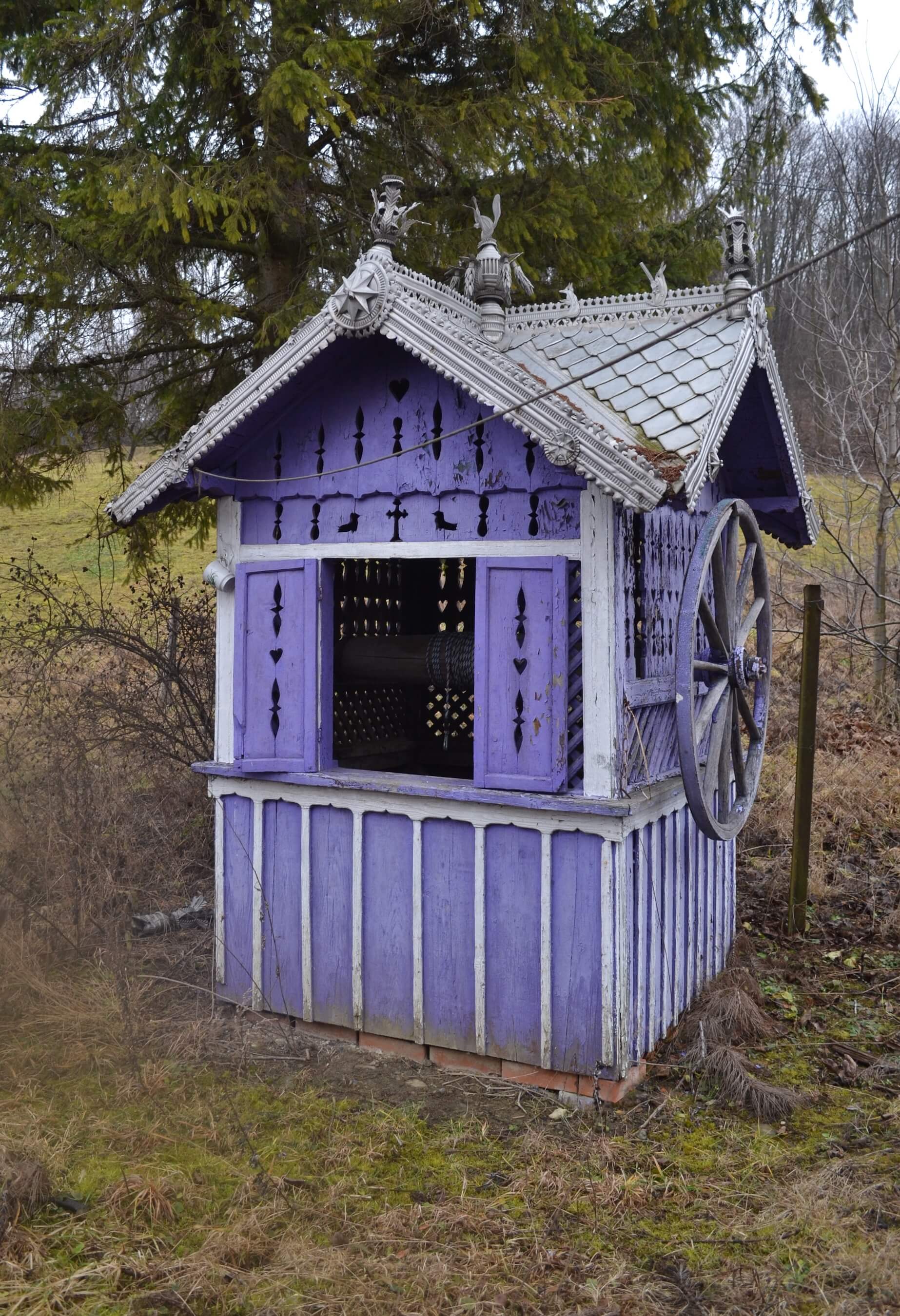
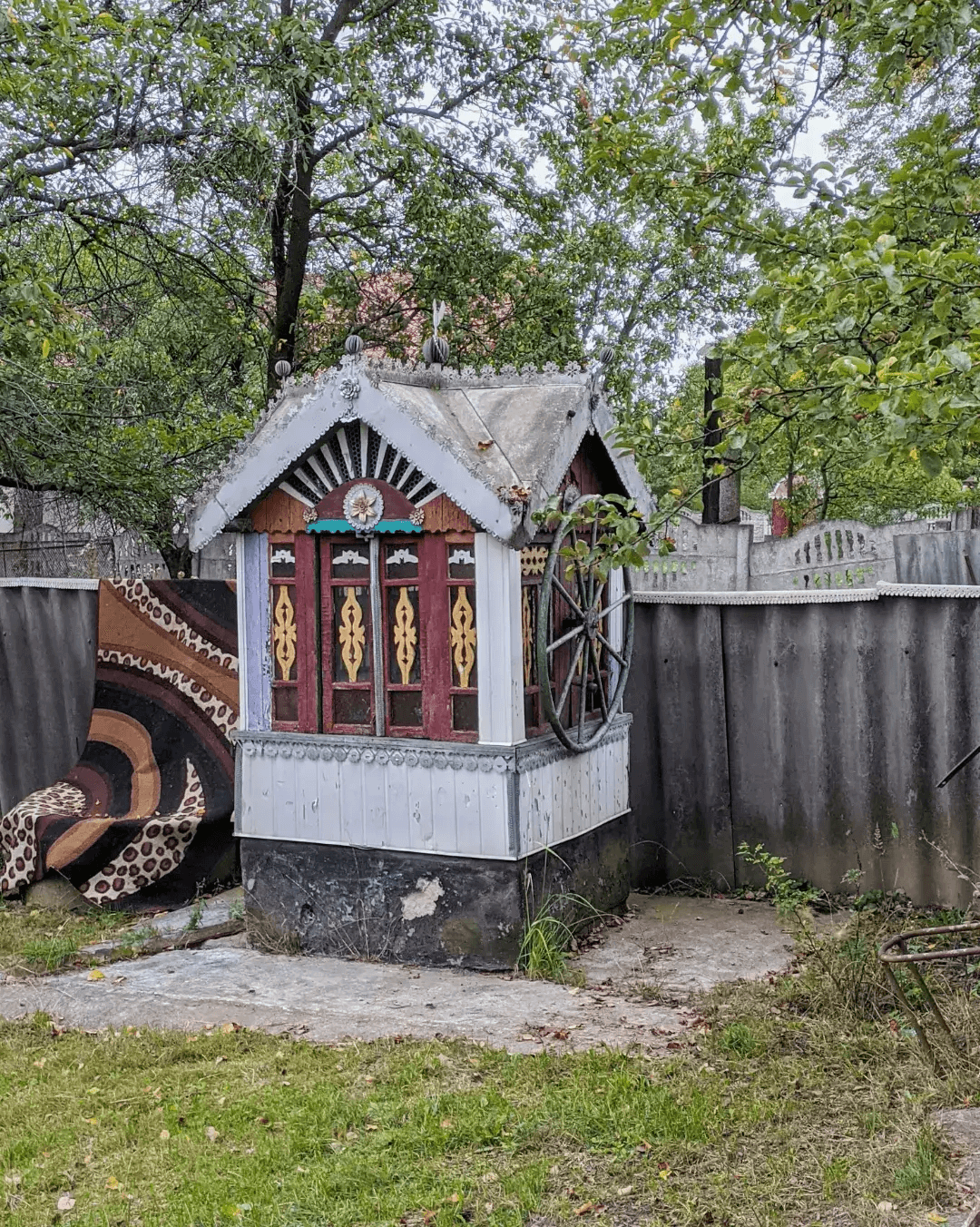
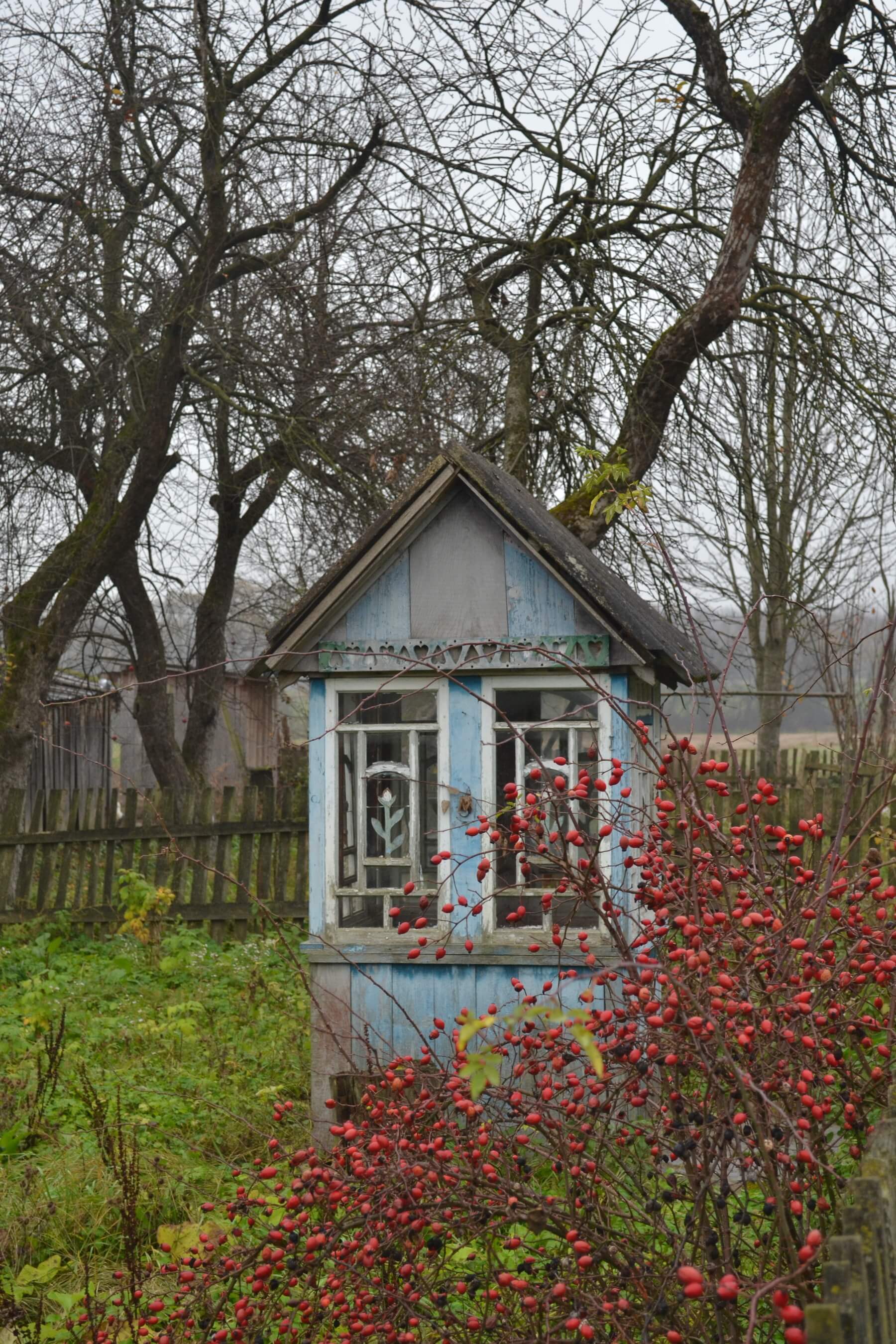
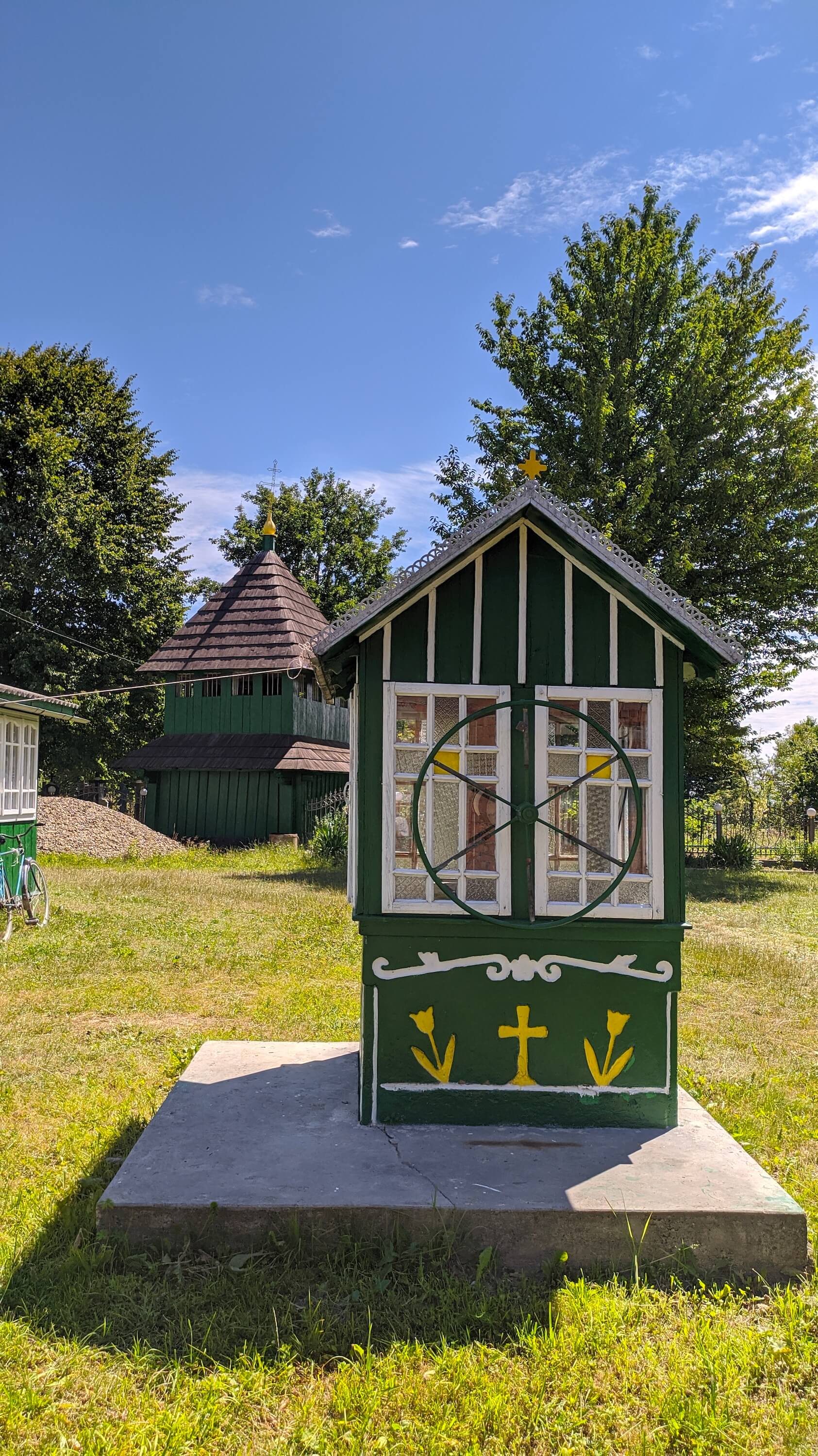
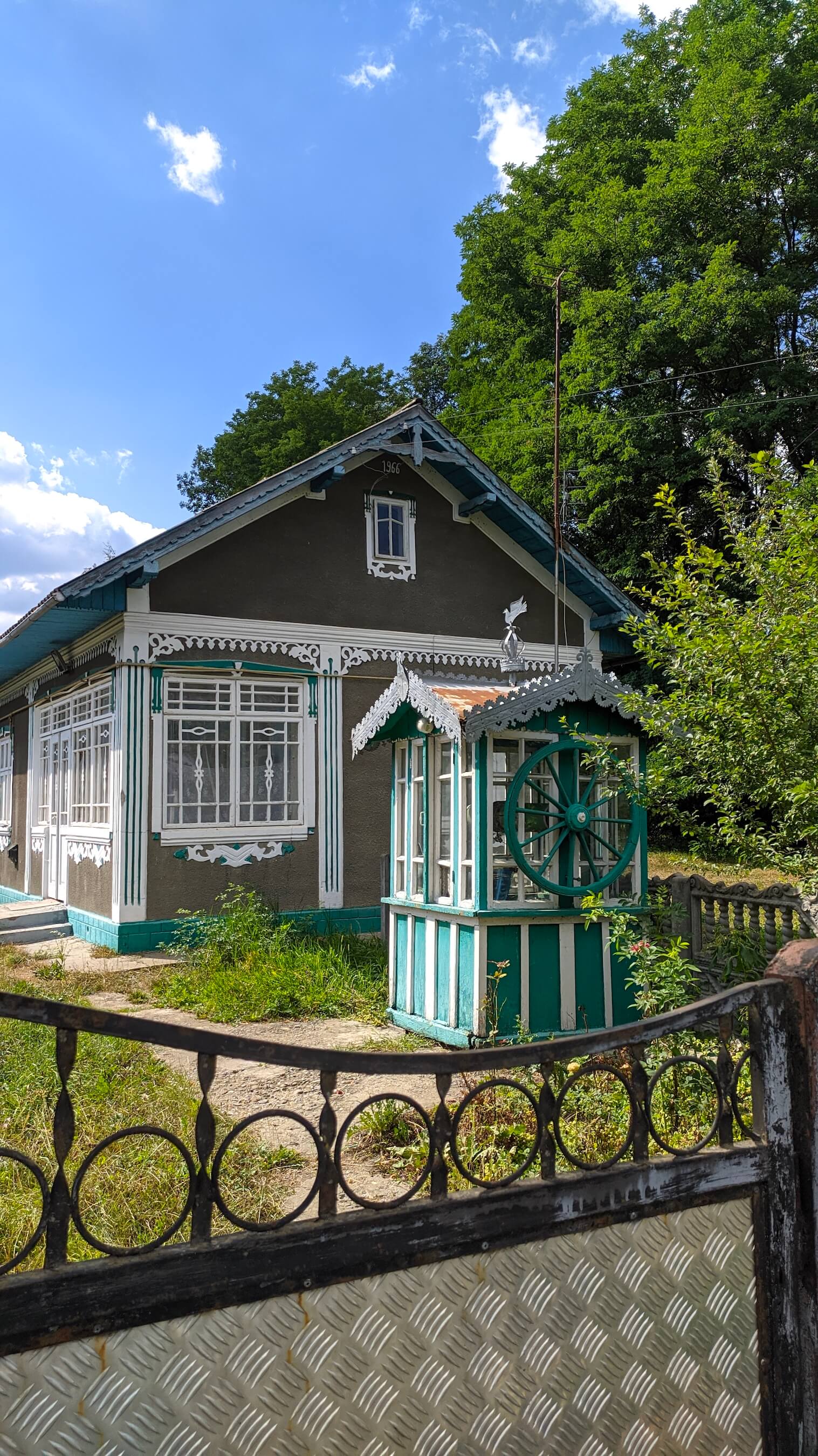
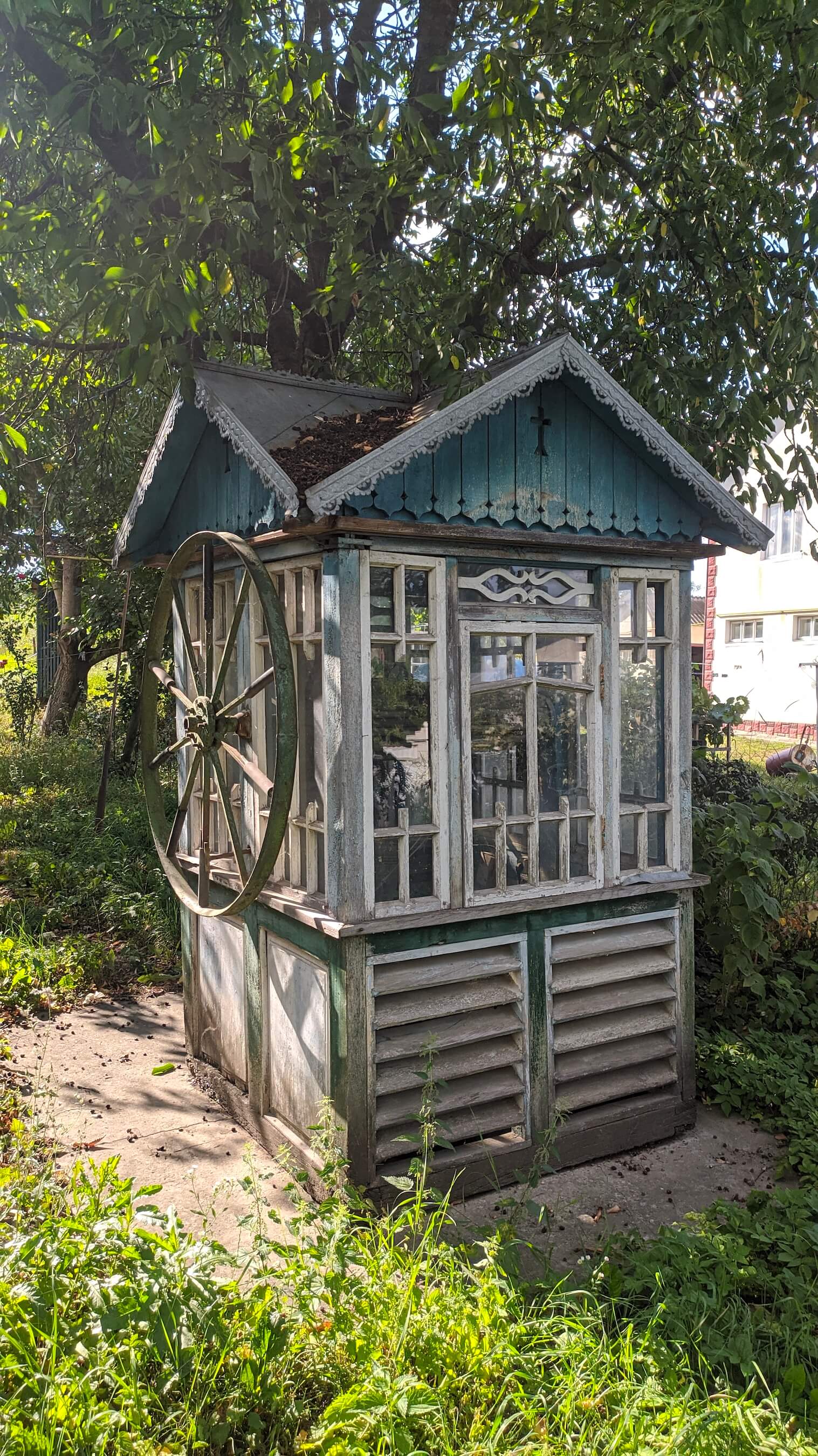
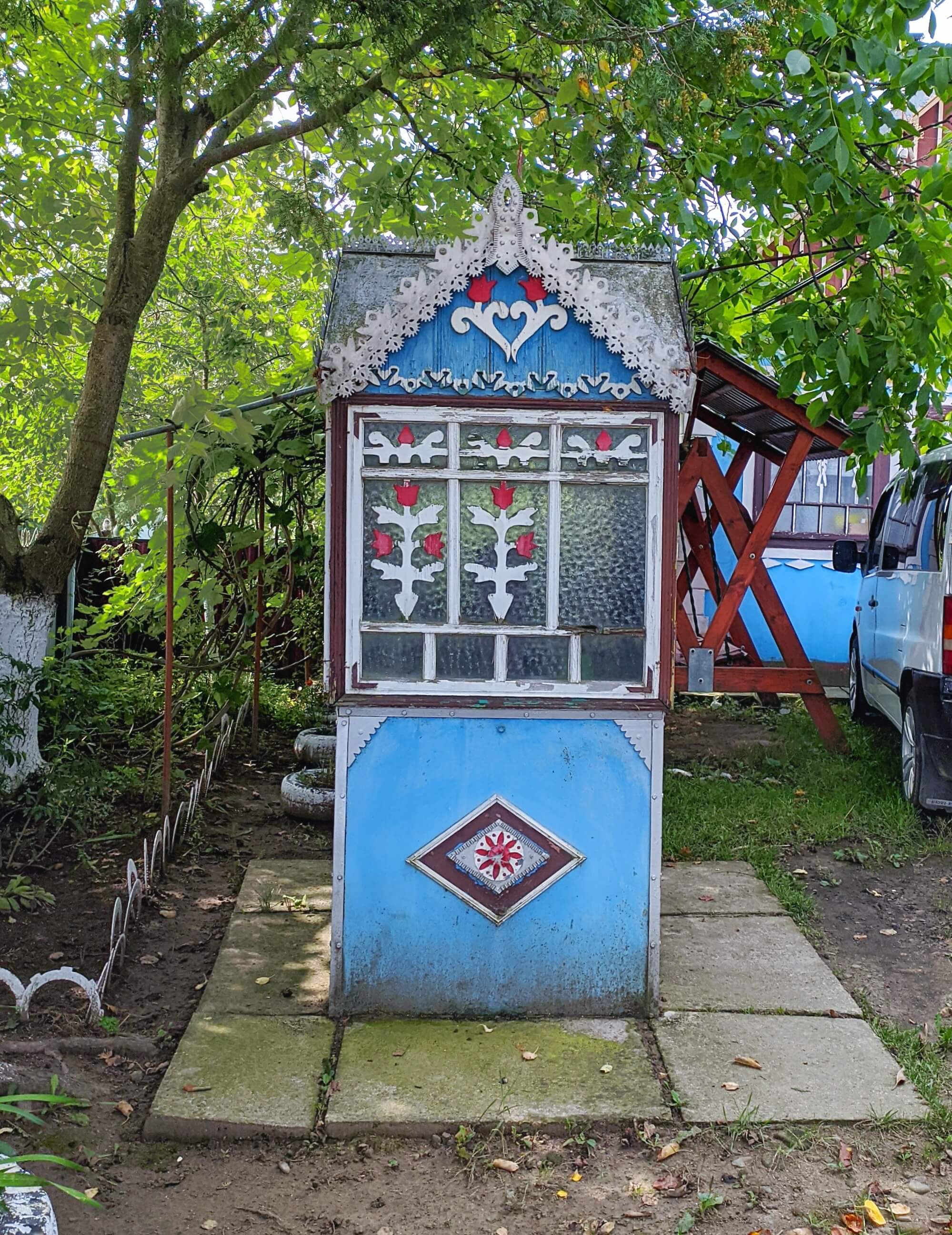
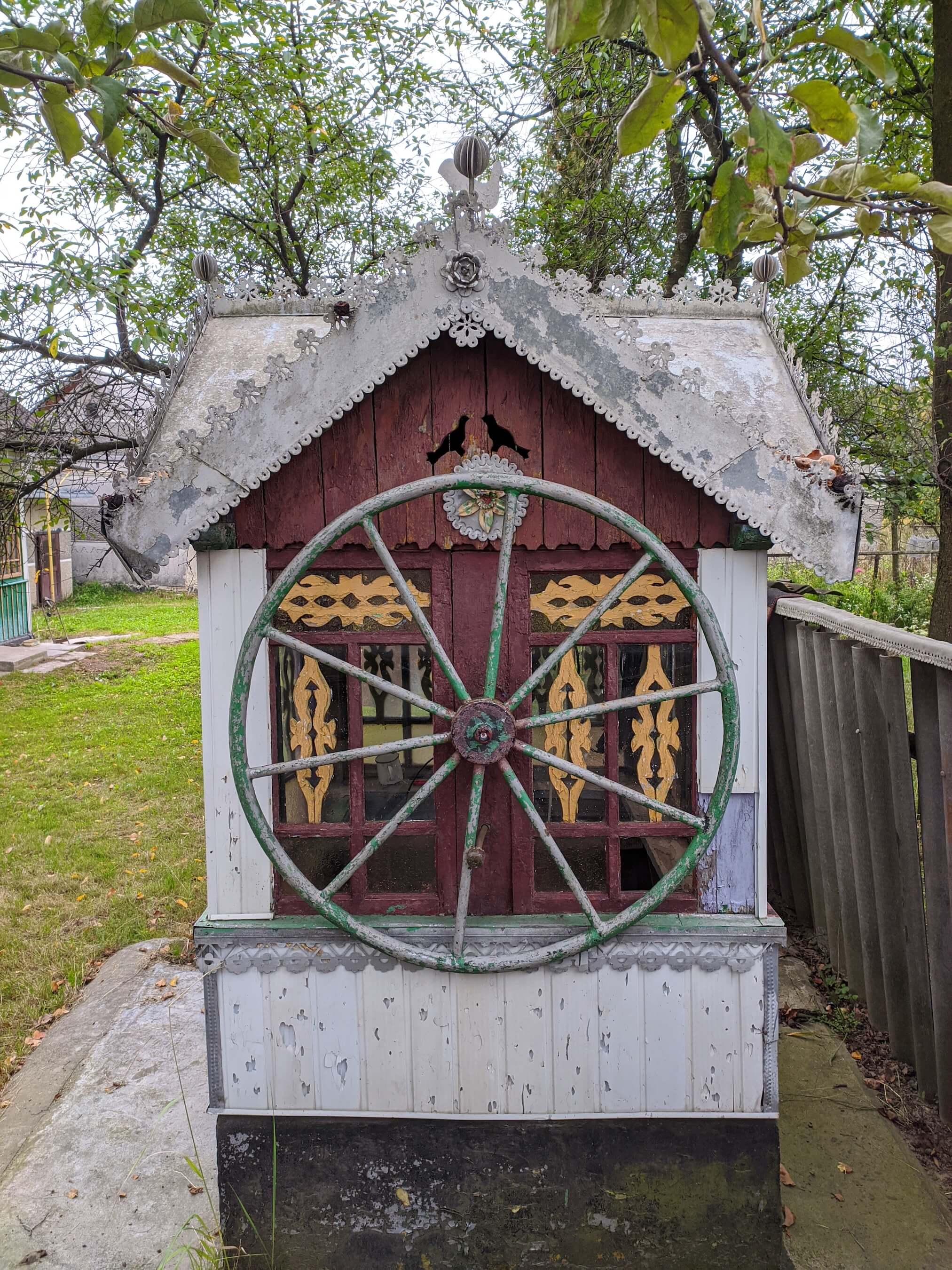
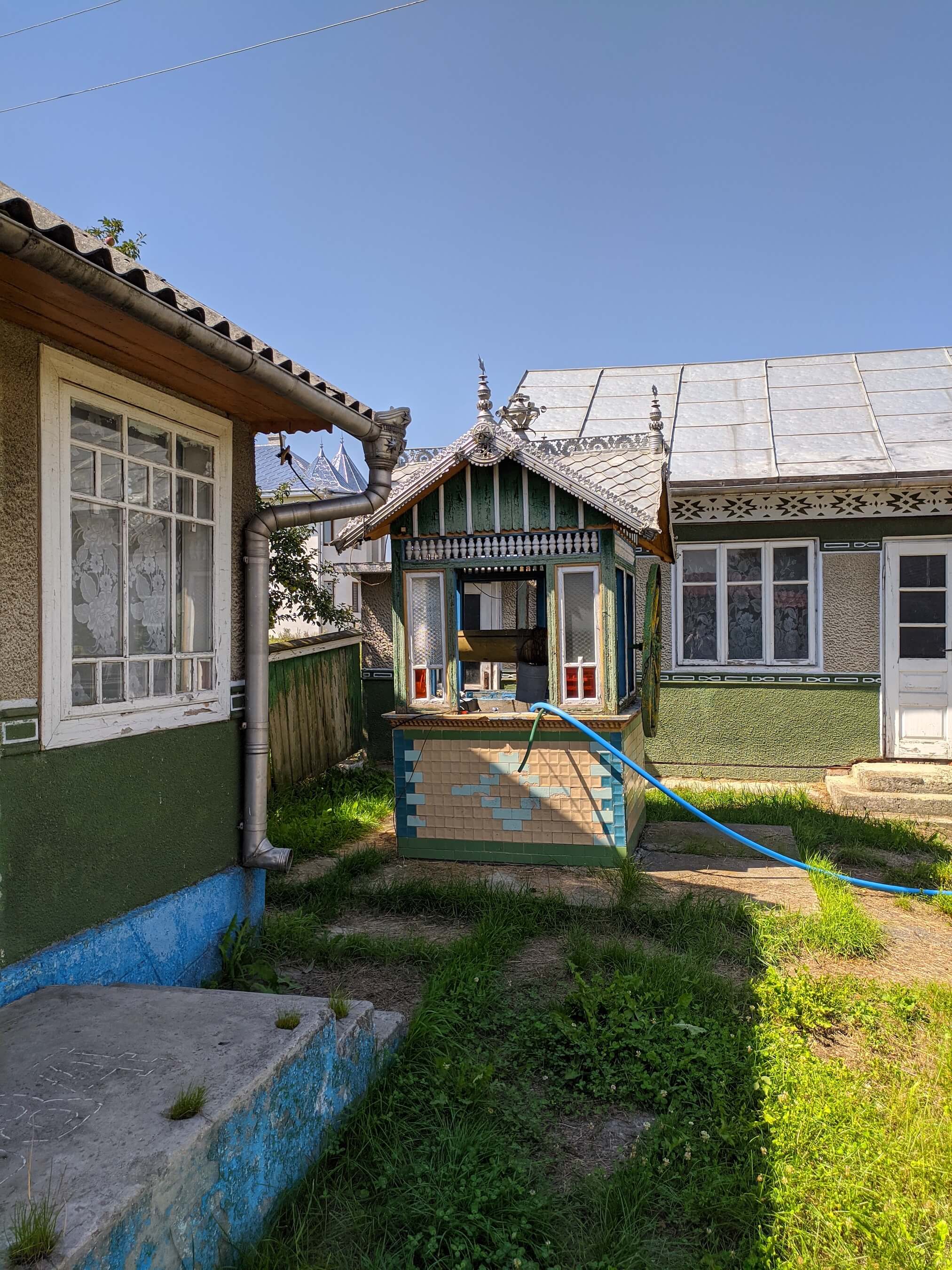
Although there was no military action here, I noticed that the villagers were suspicious of my research. People looked out of their windows, asking, “What are you photographing here?” “Are you from the military enlistment office?” and so on. Some even called me a “spy” who directs the missile. But there were also many open and interested people in my occupation. They kindly shared stories about their lives and offered to take pictures of them next to their homes.
Bukovina is very diverse and multifaceted. The life-giving attribute of every street in a village is a well. Locals treat them with special respect, which is evident from their well-kept appearance and decoration. Modern decor differs somewhat from traditional decor due to the influence of a number of historical and cultural factors. As a rule, the craftsman in the village made the upper parts of the well not only for himself, but also for his neighbors, relatives and friends. This is how a certain style of decoration spread in each village.
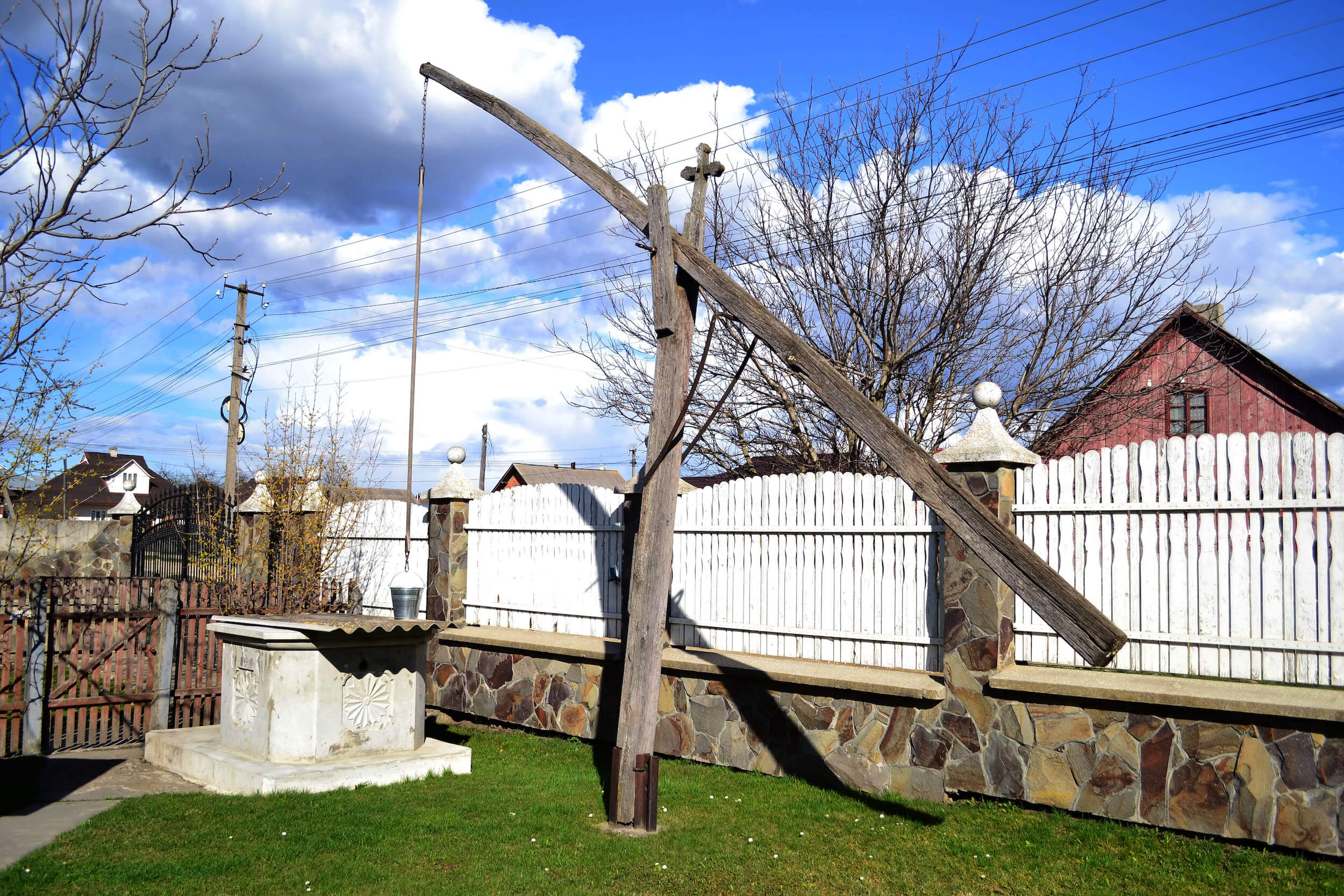
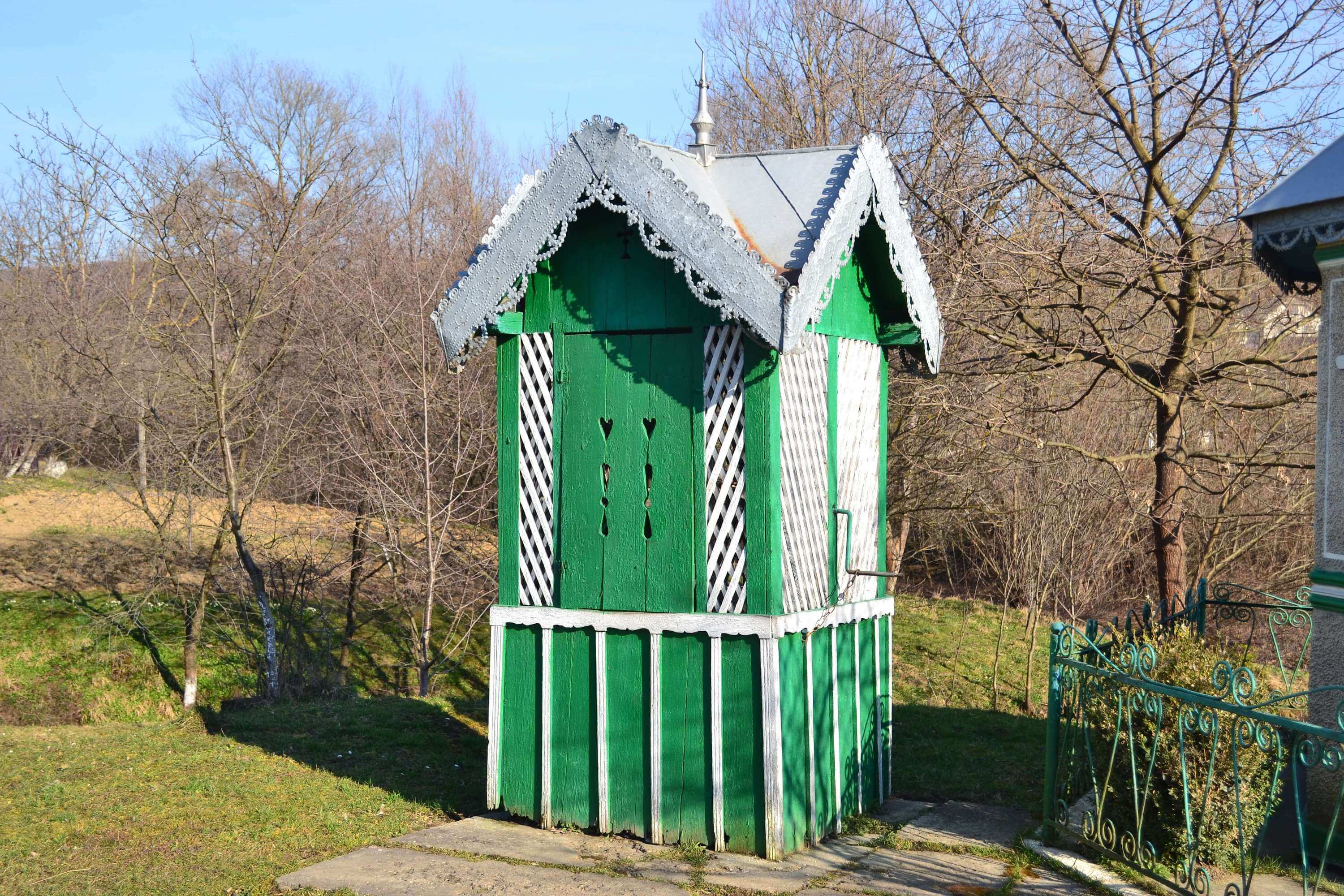
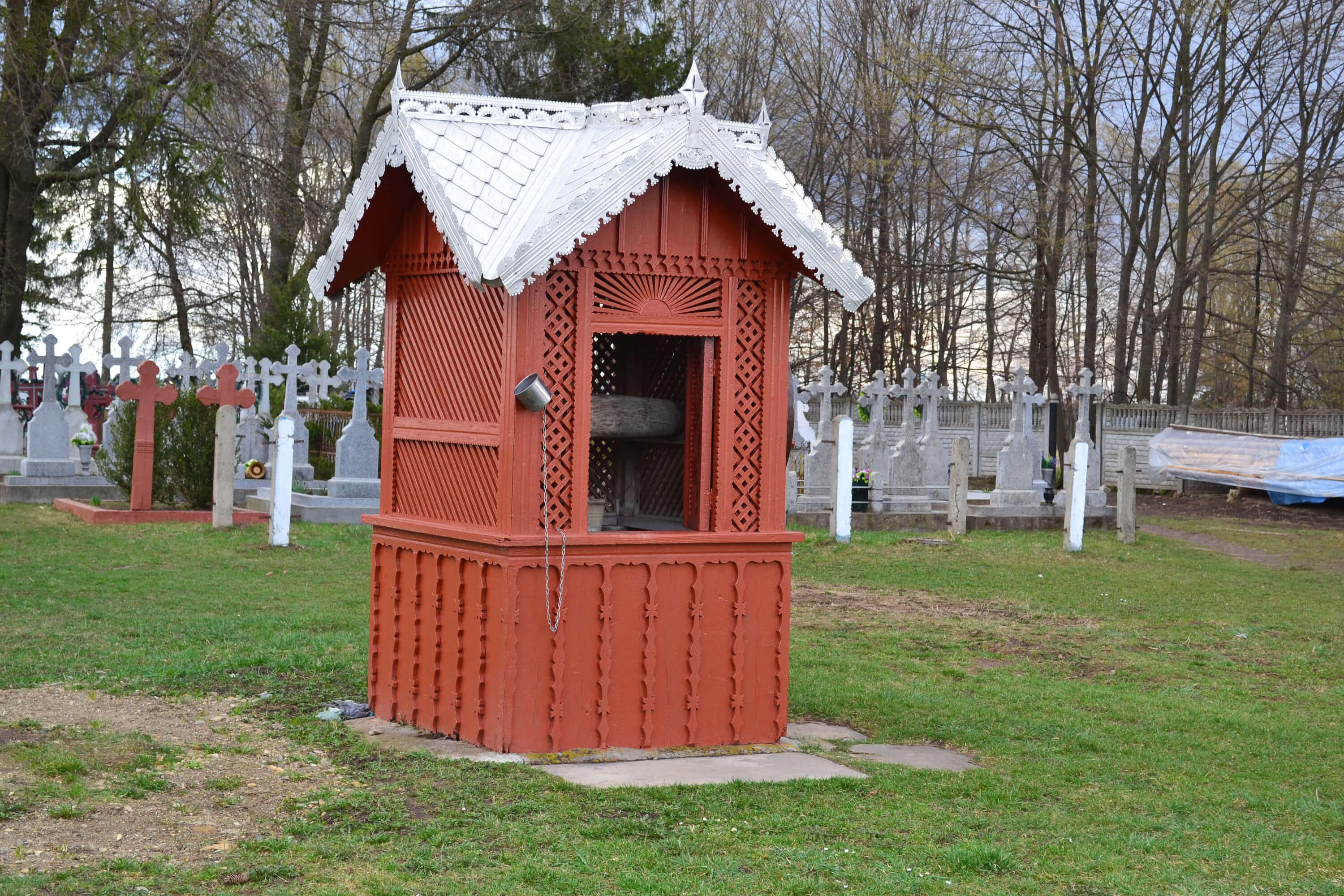
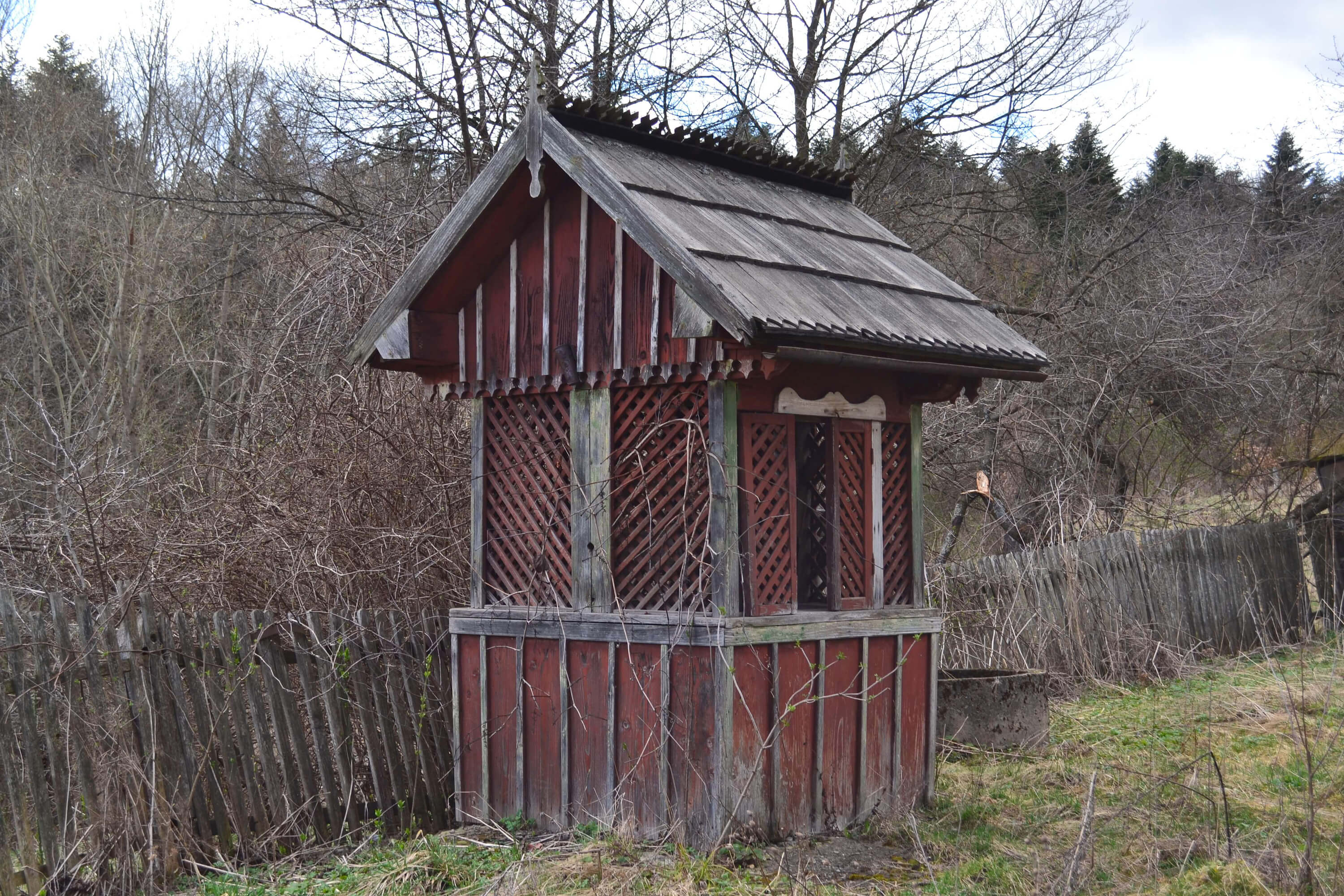
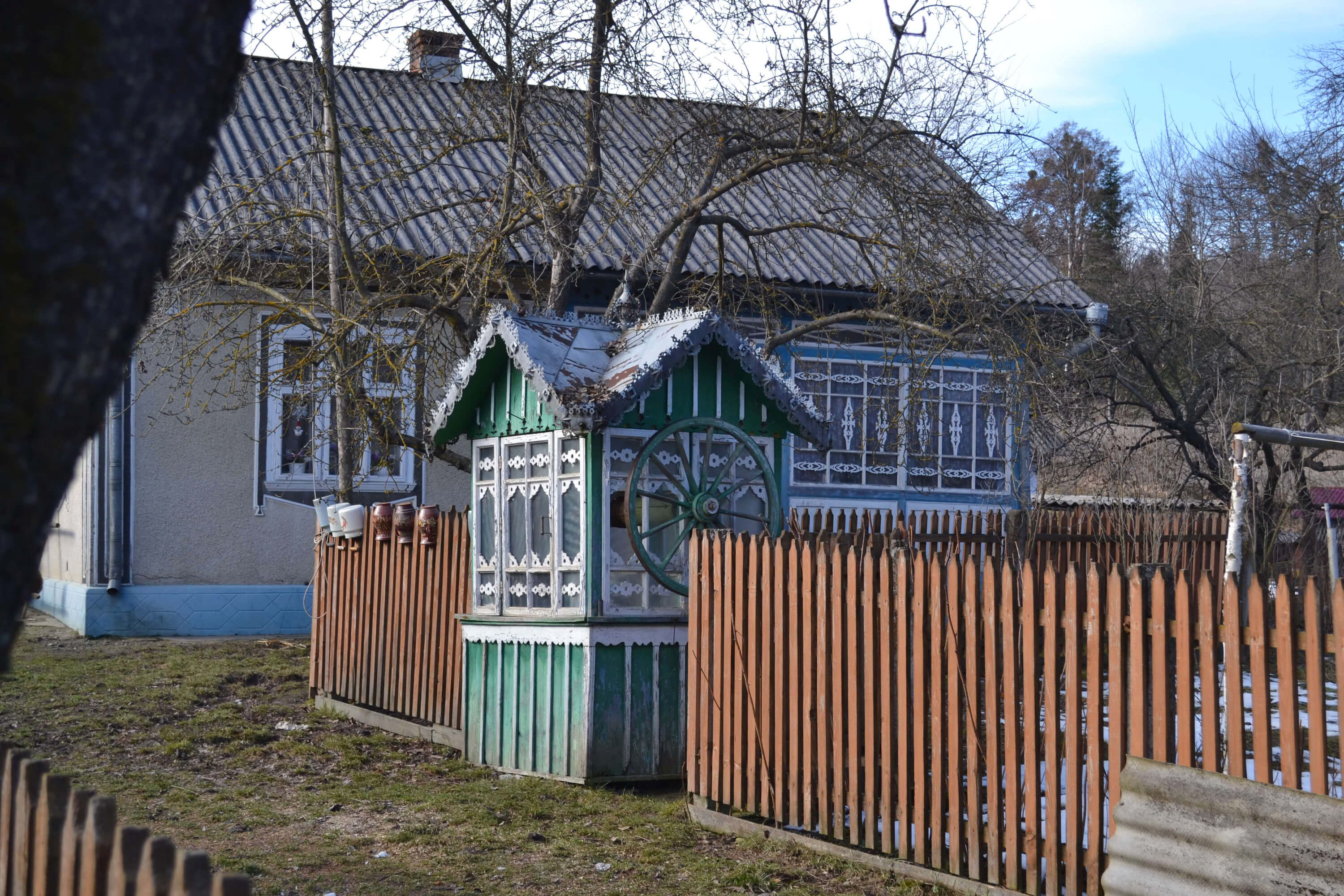
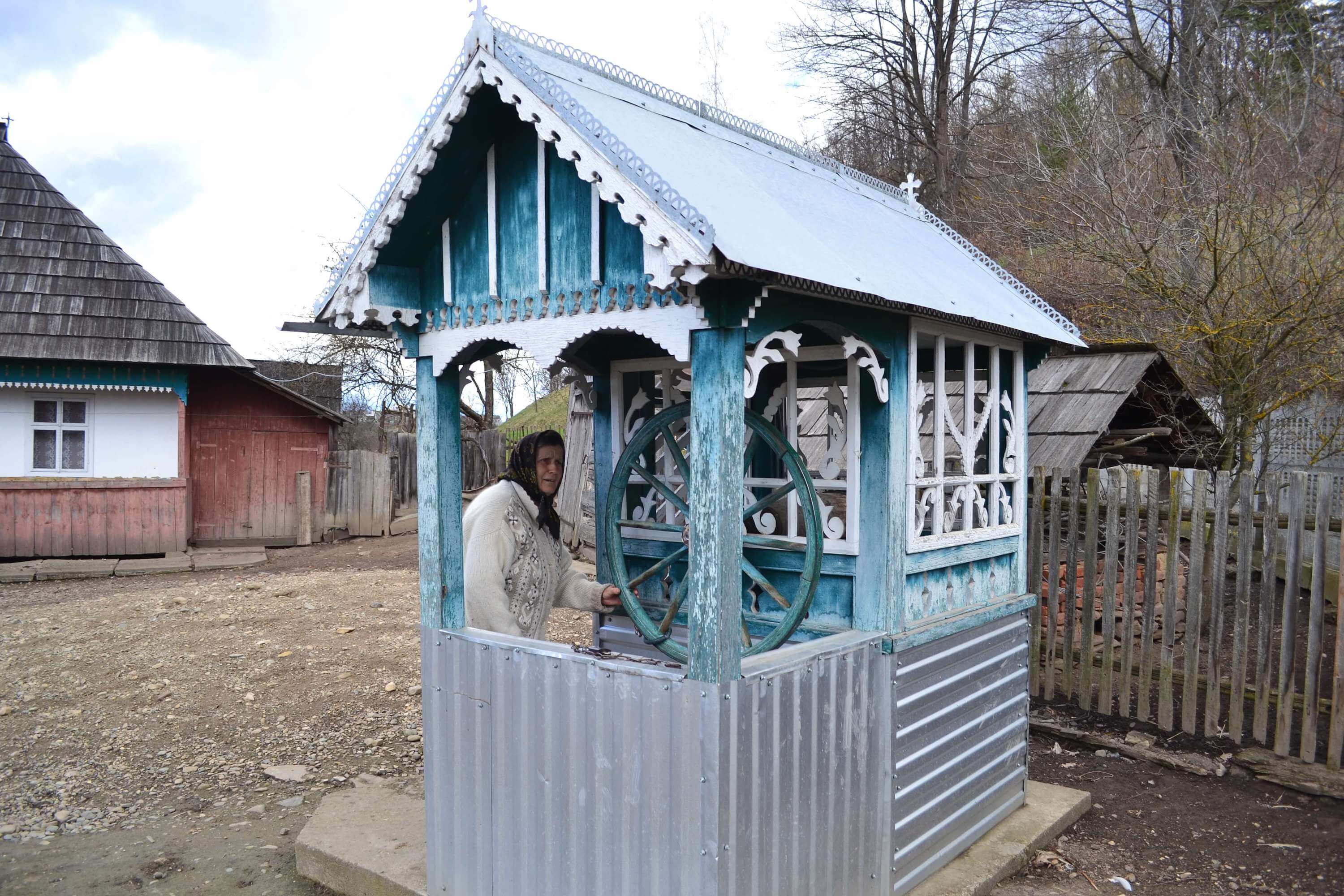
Decorating wells differs in color and appearance in different regions. They are often painted in red, blue, and yellow and decorated with traditional Bukovinian symbols such as birds, flowers, livestock, plant and geometric patterns, and sacred symbols in the technique of through carving. The wooden roof is decorated with geometric notches, and the side walls are crowned with crosses or plant-like shapes. Nowadays, tin roofs are popular. They are decorated with metal birds, floral crowns, animals, and crosses. In the border villages of Storozhynets and Hlyboka, crane-shaped wells are still preserved.
Traditionally, wells were built behind a fence with an exit to the road, suspending a jug or cup for travelers. This is a symbol of deliberate hospitality, as there is a belief here that not sharing bread and water with a neighbor is a sin. This tradition is gradually disappearing.
Wells were traditionally built behind a fence with an exit to the road, with a jug or cup hung for travelers. There is a belief that to refuse to share bread and water with a neighbor is a sin. This tradition is already being lost.
It seems that I was able to persuade some residents of the region about the importance of preserving cultural heritage. To draw their attention to what is truly dear and priceless to me. It is necessary to preserve the memory of Bukovina’s past before time destroys everything.
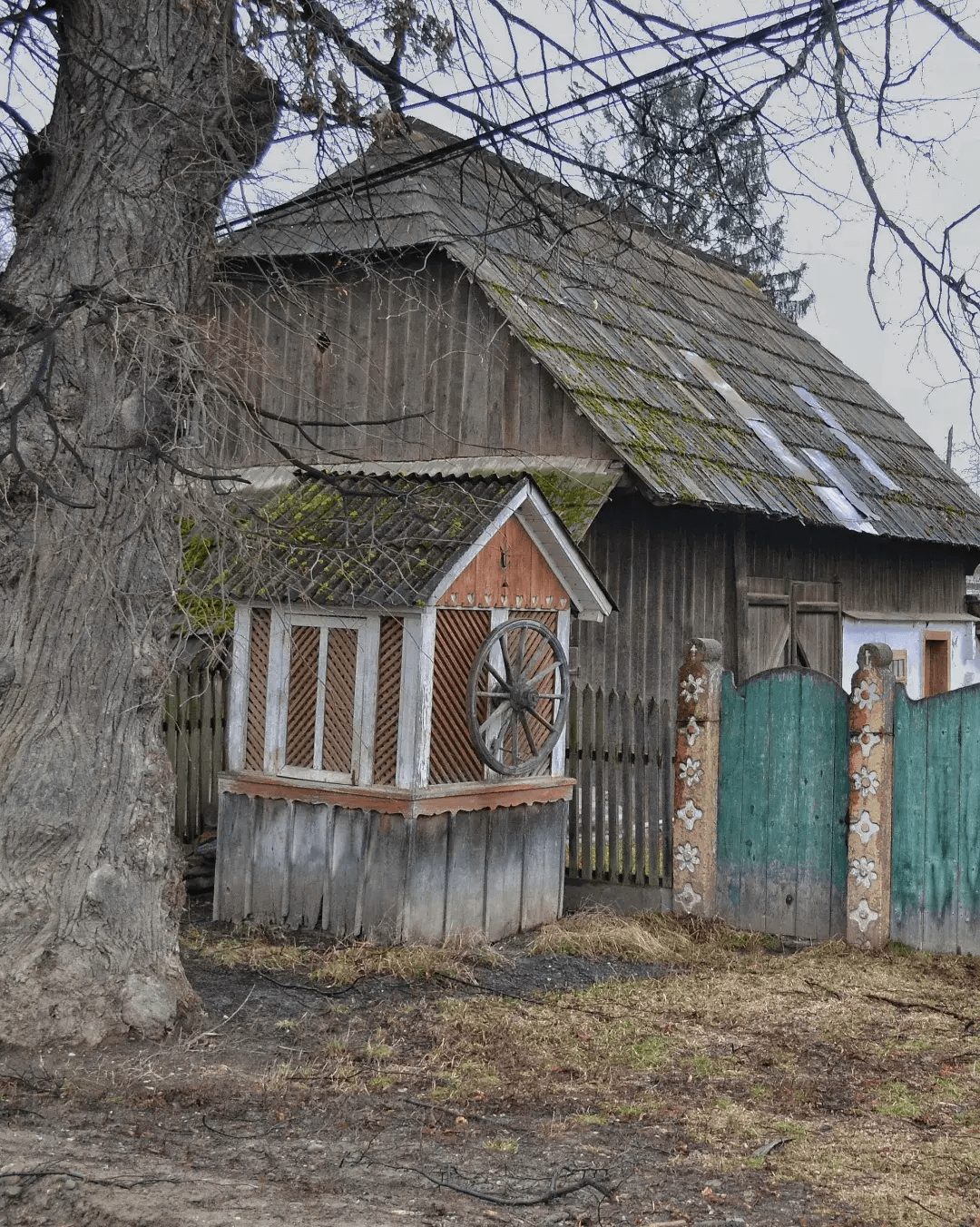
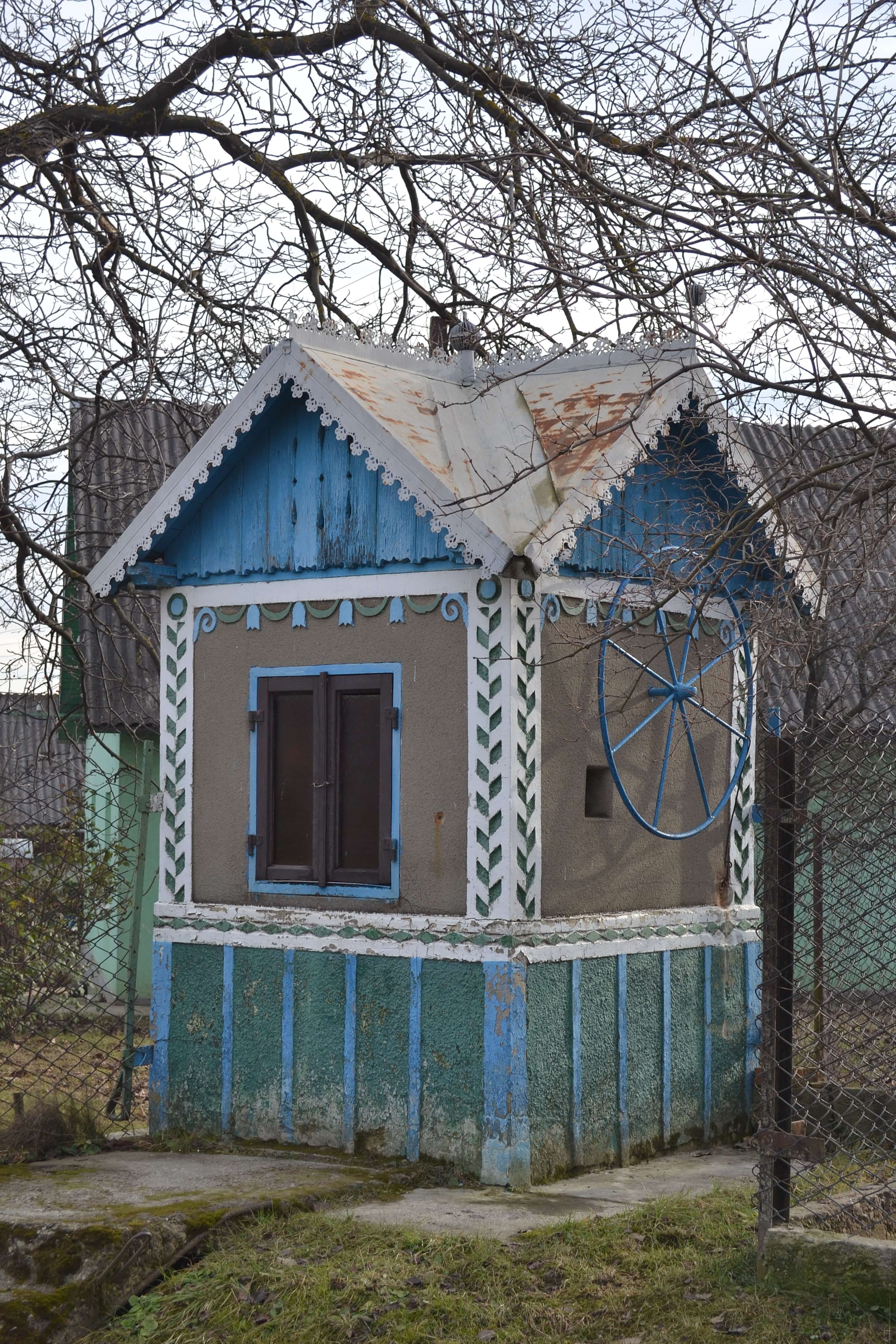
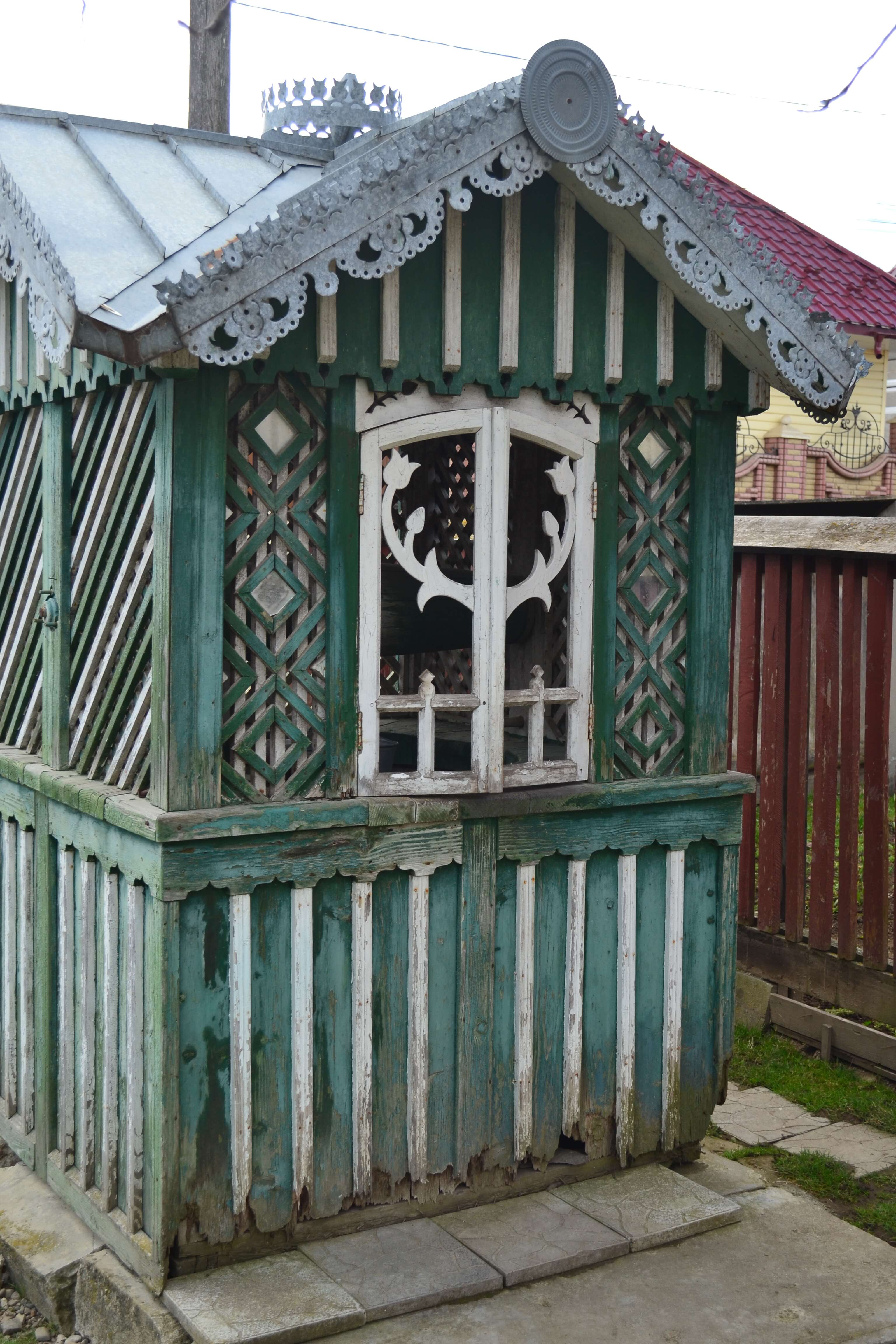
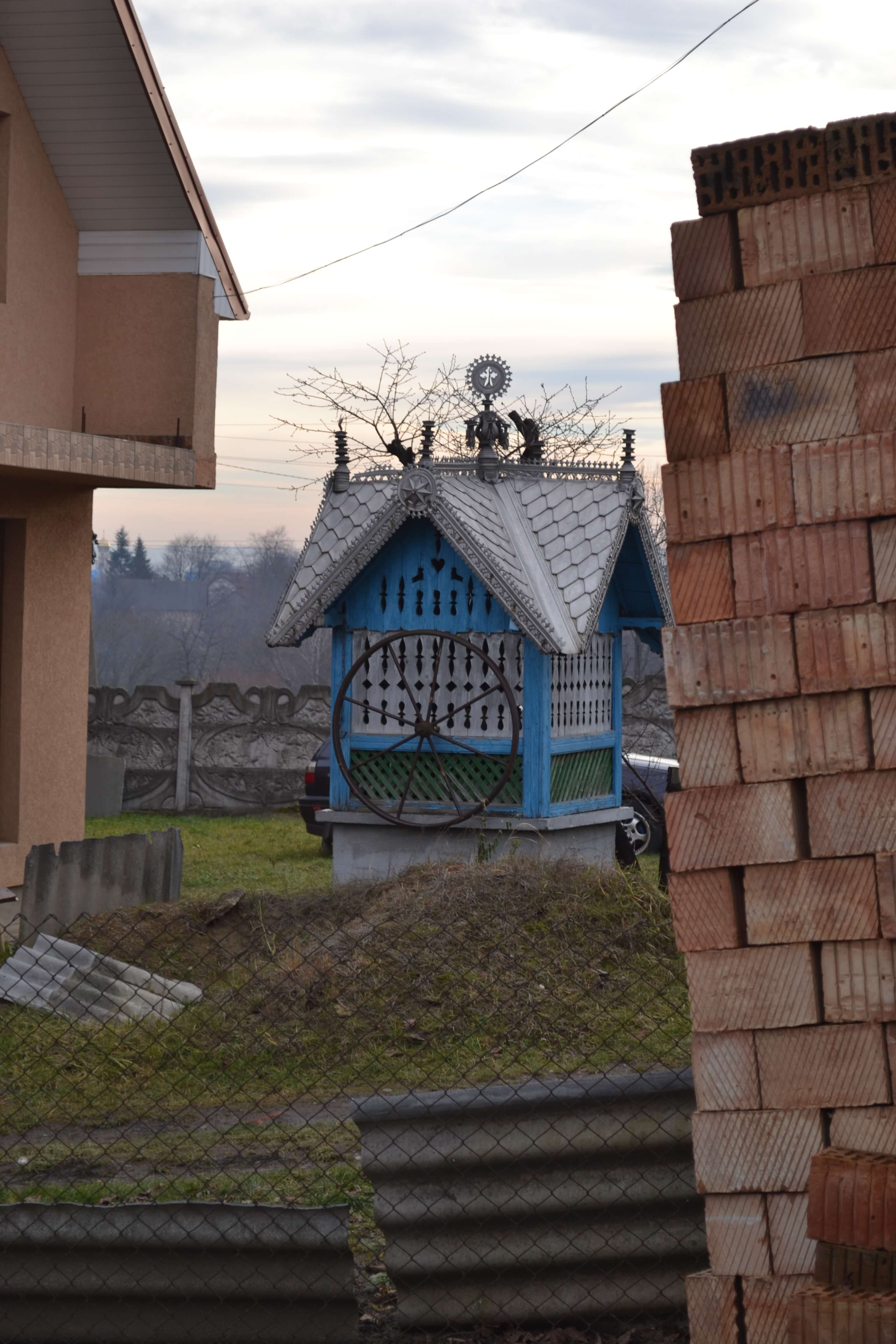
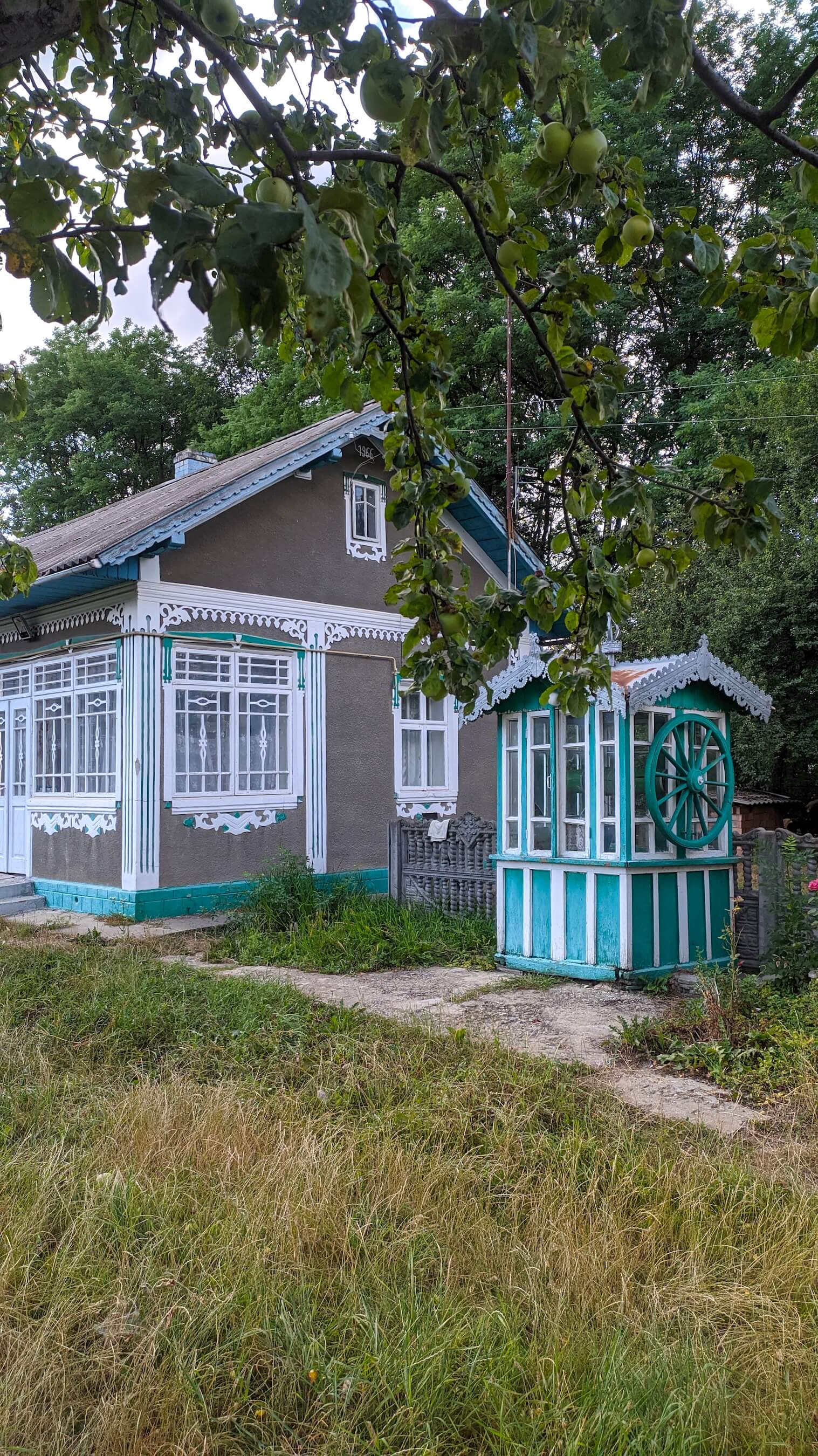
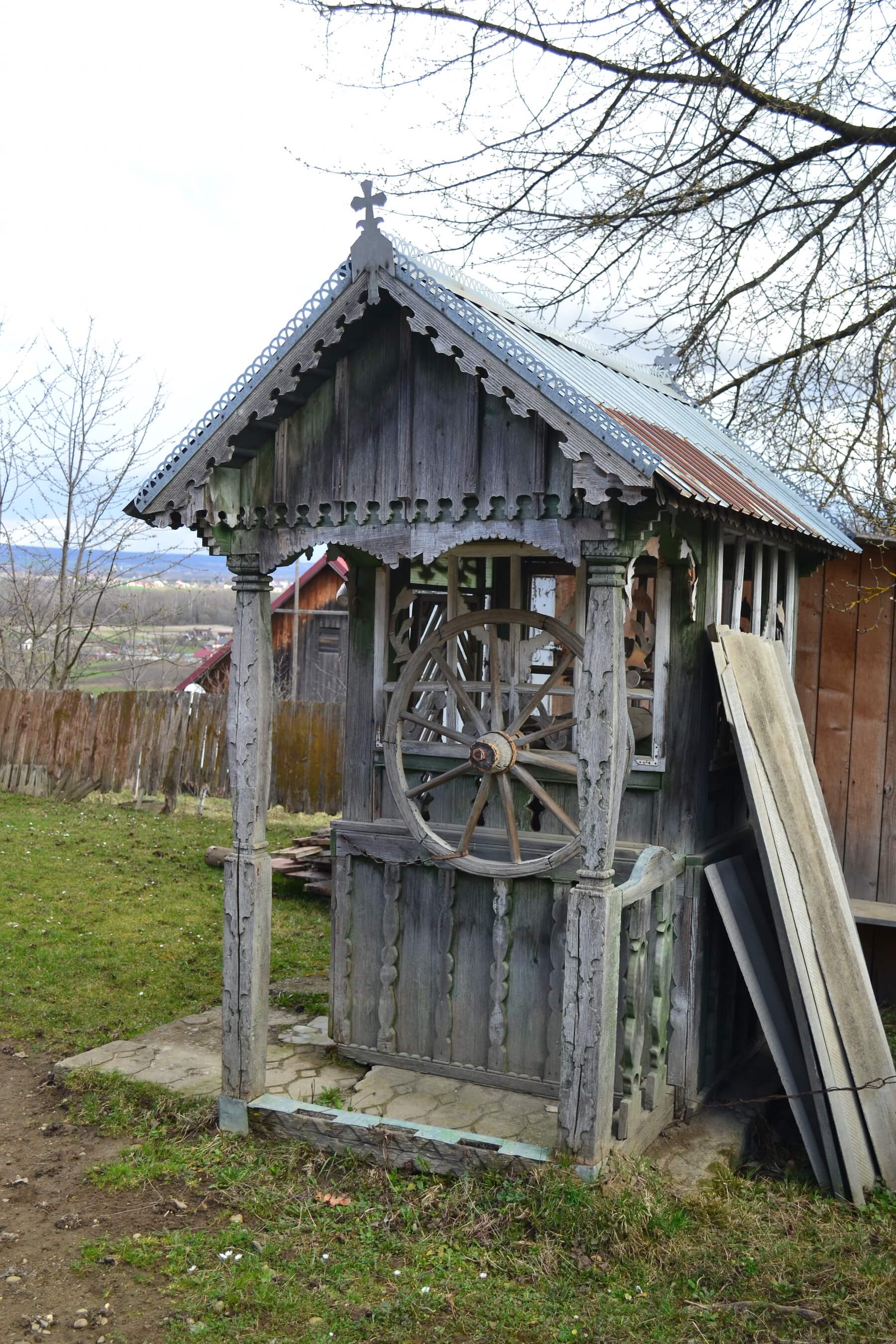
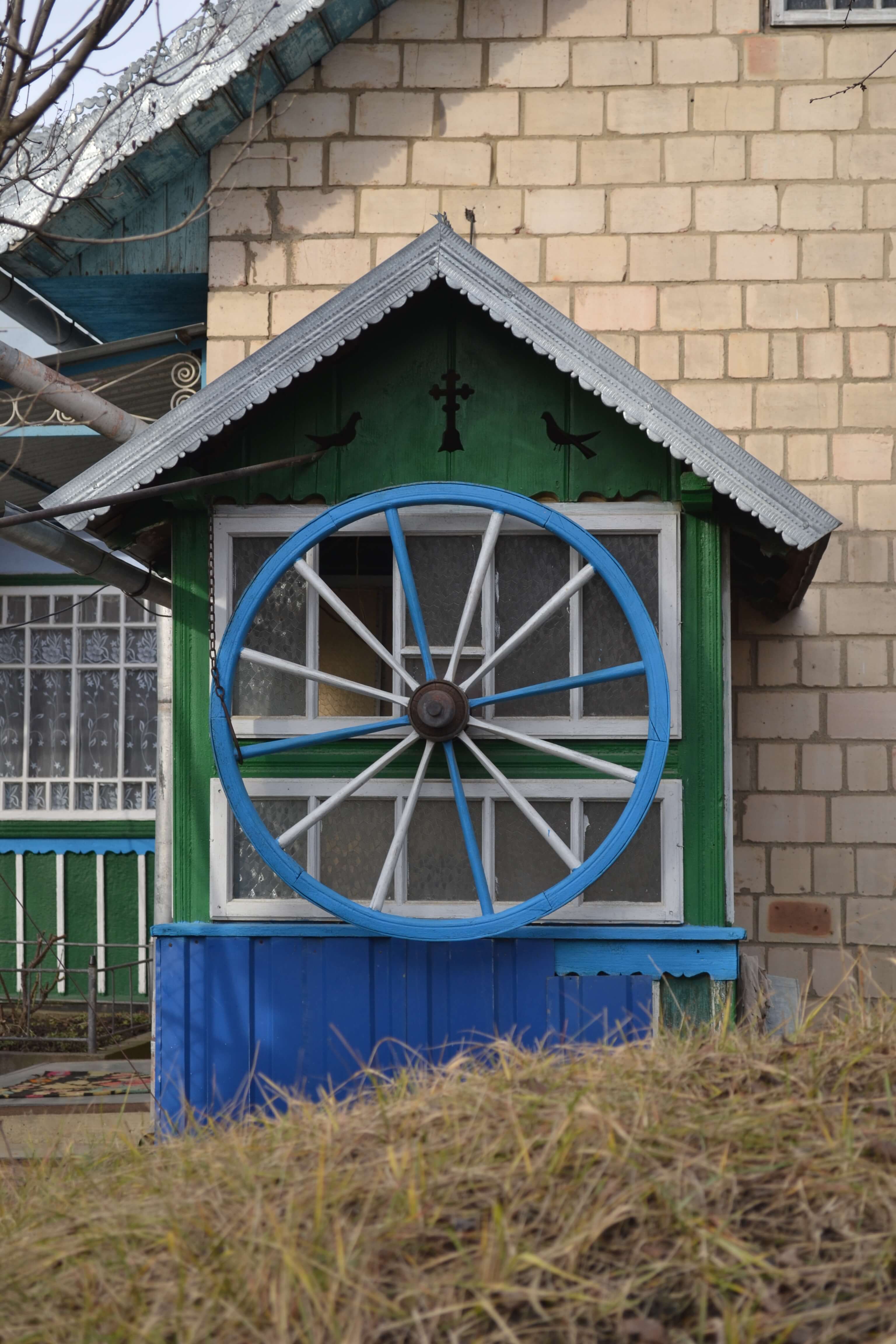

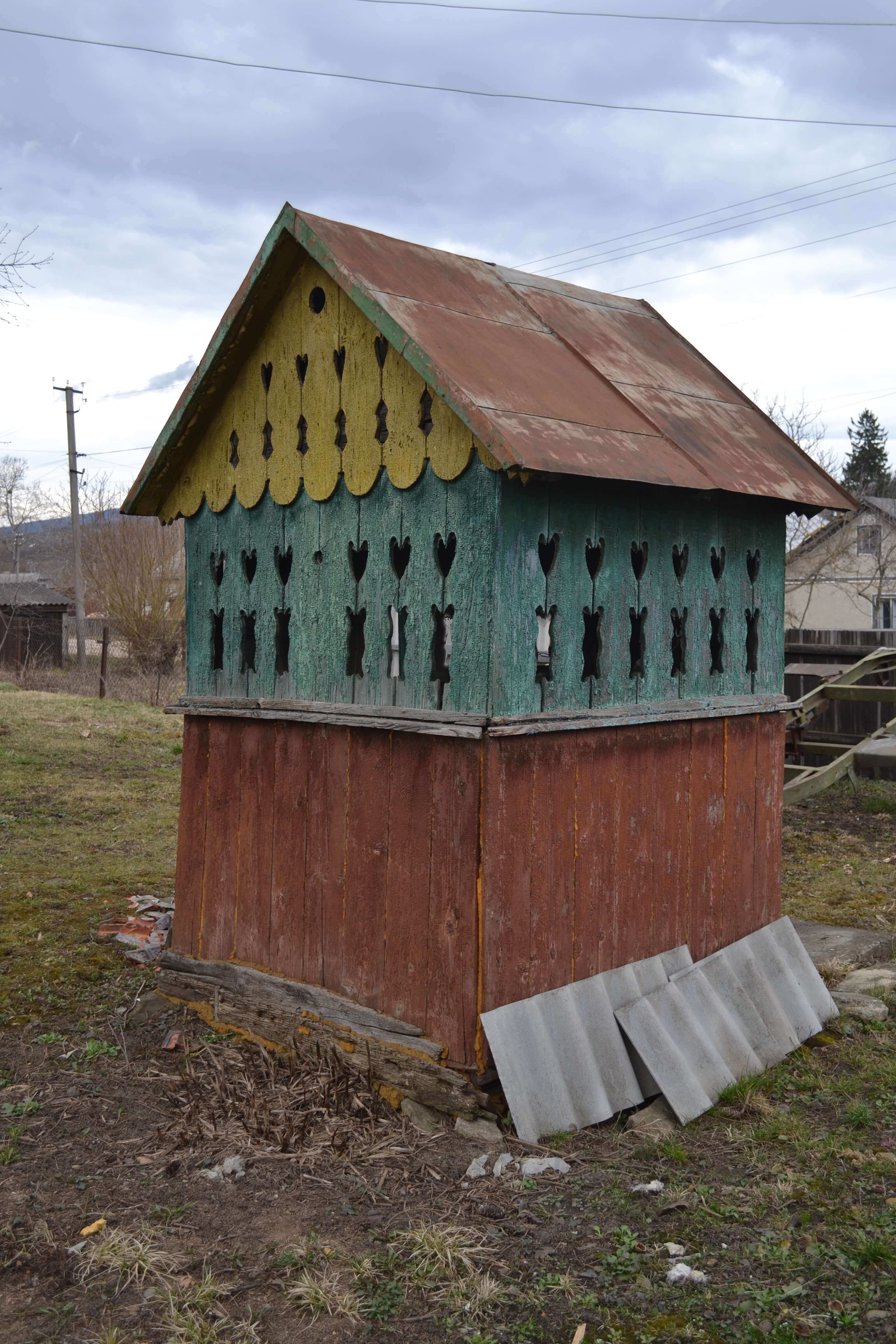
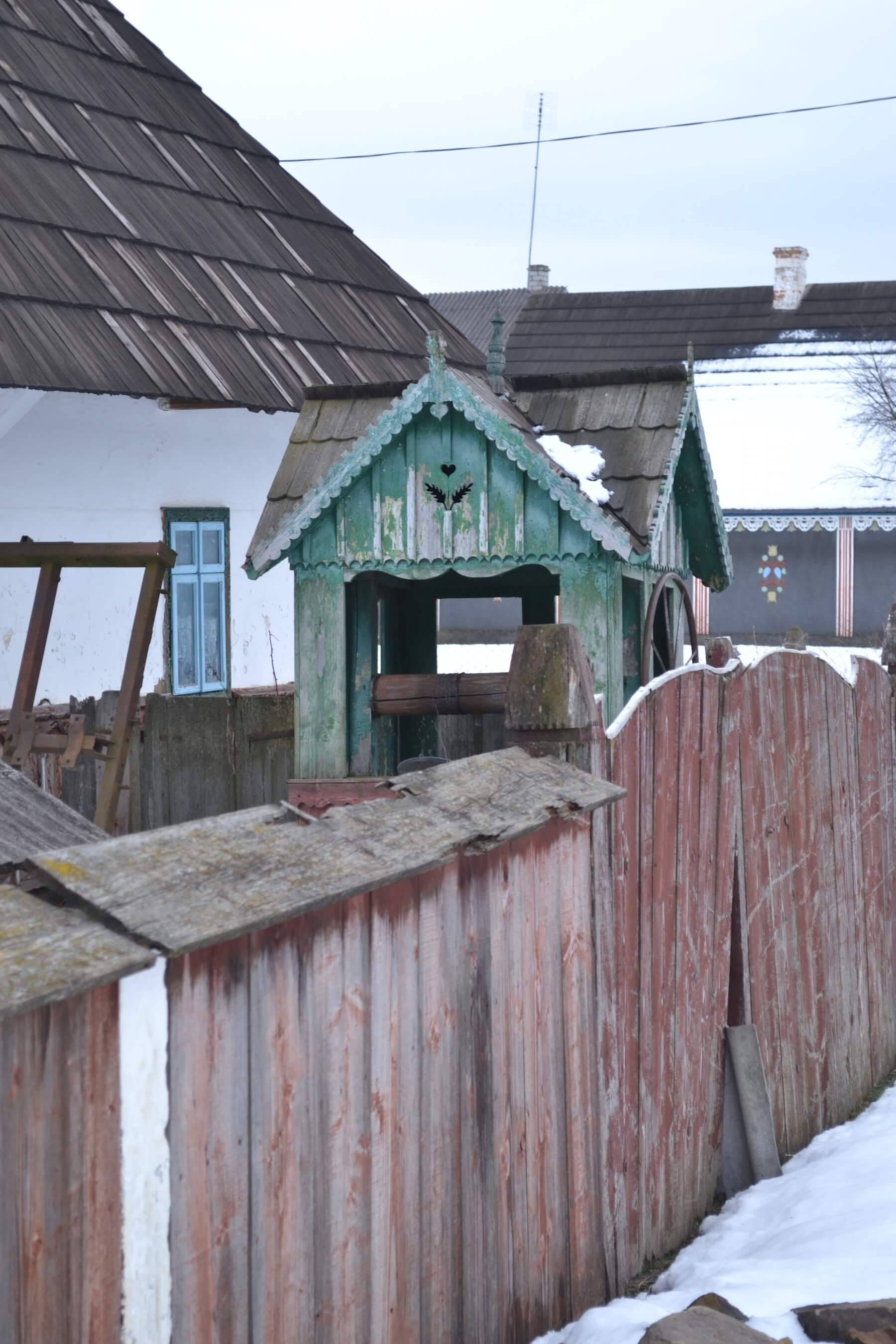
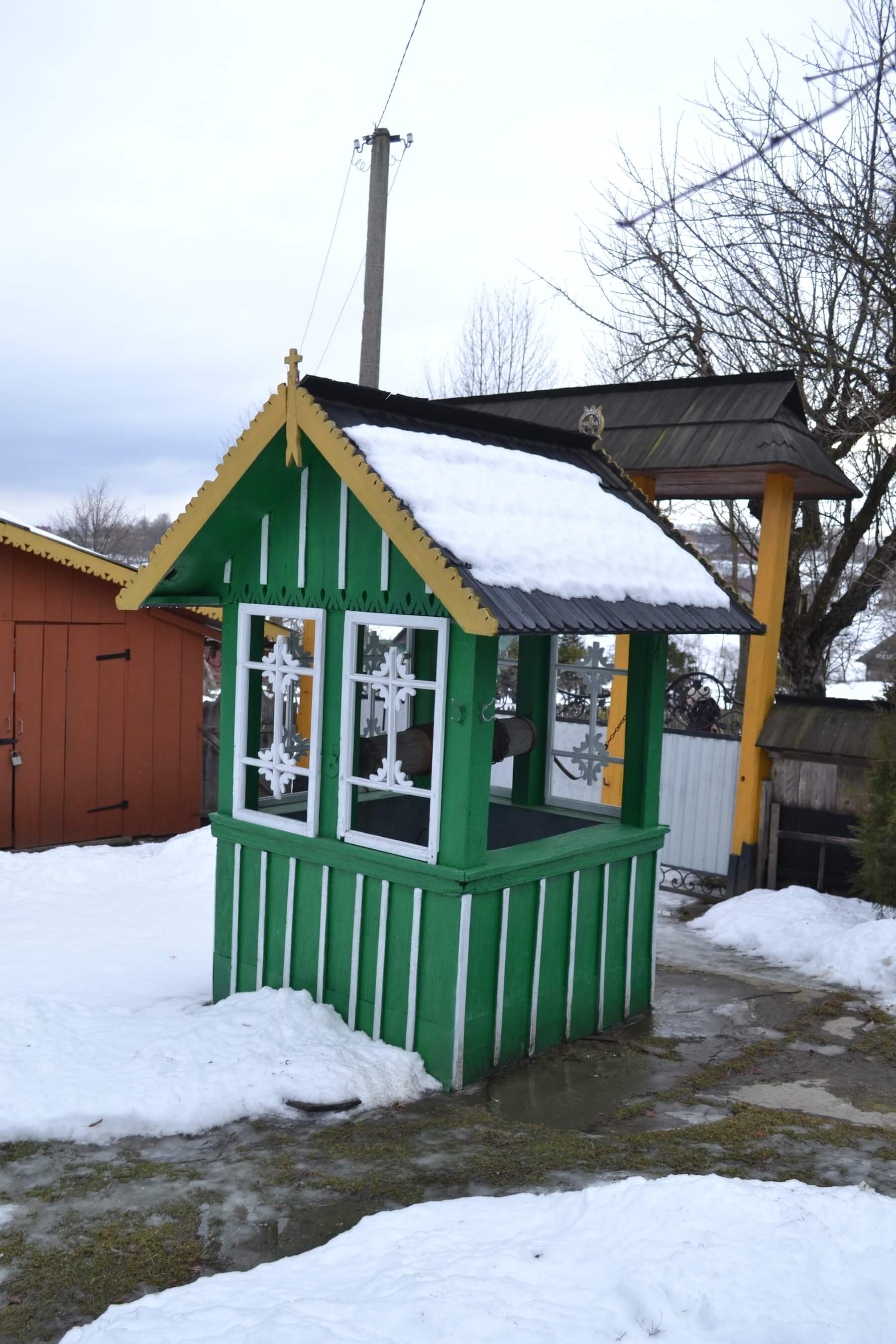

New and best






